Enjoy the June Holidays with sustainable activities for the children at home!
- Home
- Residential
- Blog
- Archive by Category "Knowledge" (
- Page 7 )
[Post Date]
Enjoy the June Holidays with sustainable activities for the children at home!
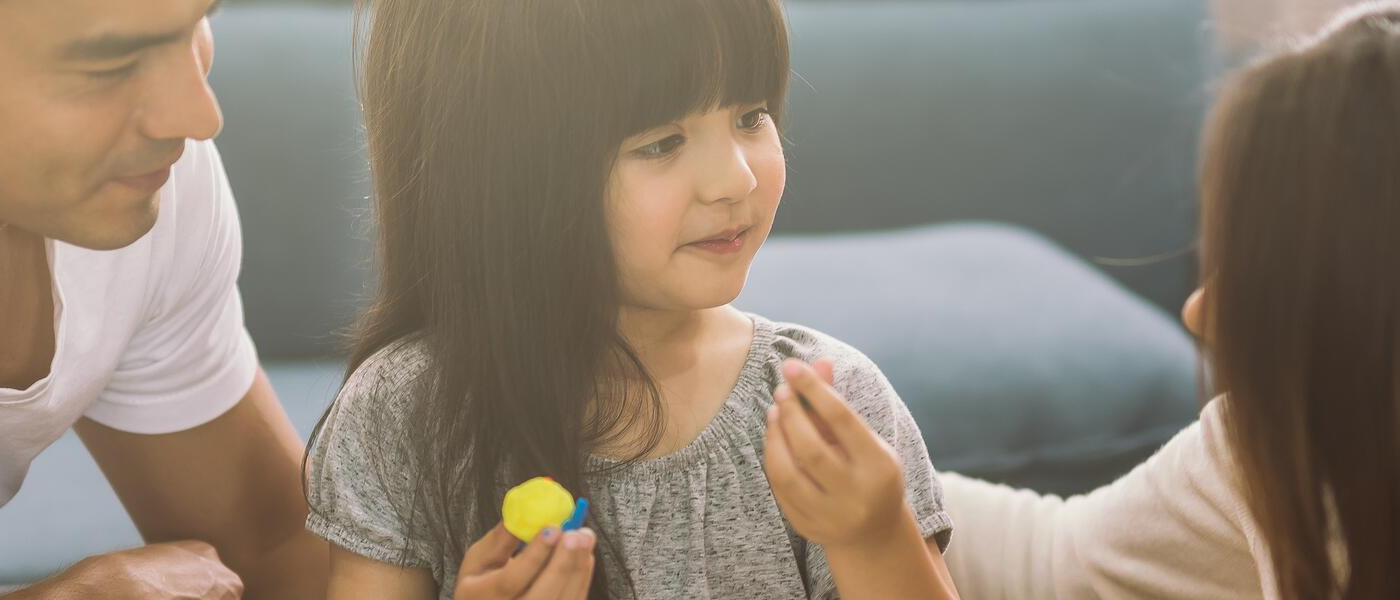
The June holidays are fast approaching and even though we are encouraged to stay in as much as possible, that should not stop the kids from having fun at home! However, we know that it is not easy finding indoor activities that will not only keep the little minds occupied but are also eco-friendly and fun for everyone.
There’s no need crack your brains as we have put together our very own list of green and sustainable activities for the children to get on board with this June holidays!
1. Make your own seed paper
Paper that will sprout into different kinds of plants and flowers? It may sound like magic, but it is absolutely doable with seed paper. The best part is that you can even make your own! Seed paper is biodegradable eco-paper with seeds embedded within. Plant it in a pot of soil, water it regularly, and be enthralled as you watch it grow day by day.
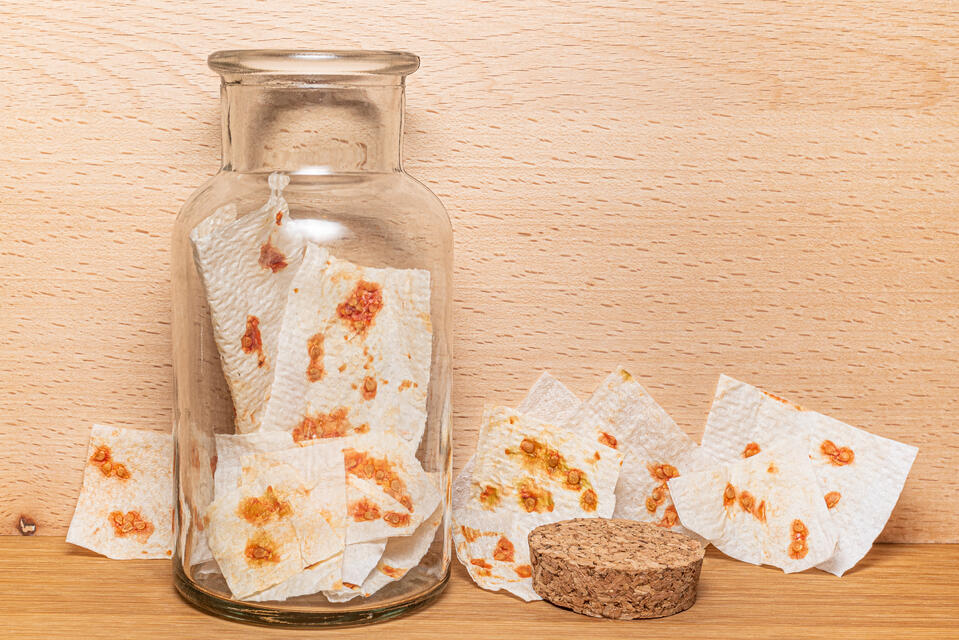
The steps are simple enough that any child can create it on their own. Simply choose your favourite seeds and then gather scrap paper materials from around the house to blend. NASA Climate Kids has even included a step-by-step instruction to get you started on this craft!
Use this handmade paper to write a lovely message for friends and family during the time apart. It is a great way to remind them that you are still thinking of them while at home and gifting them a green surprise as well!
2. Create your own obstacle course at home
Having an obstacle course will not only keep the kids preoccupied, but it will also get them to stay active while enjoying endless hours of fun. Utilise cushions, sofas, tables and more to create an obstacle course befitting of any indoor playground in town.
For example, you can build a tunnel simply by draping a blanket or a towel over two chairs (or more) or get them to hop from one spot on the floor to the another and pretend-play that the floor is consumed with lava! Even the simple hallway can be used to make your own laser maze with newspaper streamers in a zig-zag pattern between the walls and encourage the kids to work their way through without touching anything.
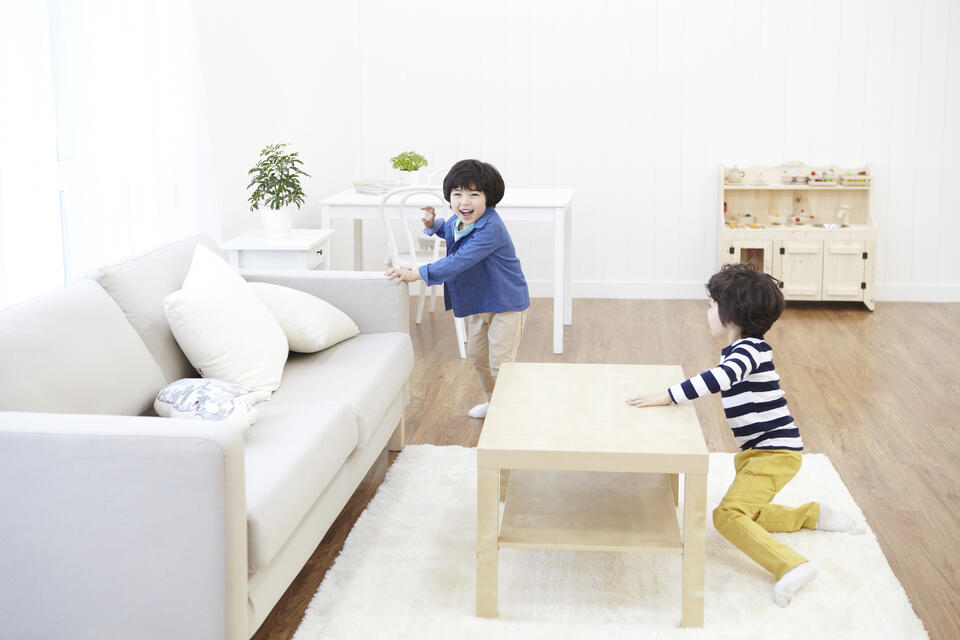
Get your child involved in building the obstacle course using materials from around the house. It’s a great way to show how items around the home can be upcycled to create a fun time instead of buying toys or electronics. Make it as challenging as possible with different items, but always remember that safety remains the number one priority!
3. Learn Science with fun challenges
Help children better understand the world around them by exploring the wonders of science at home with some simple experiments such as learning about buoyancy or how gravity works.
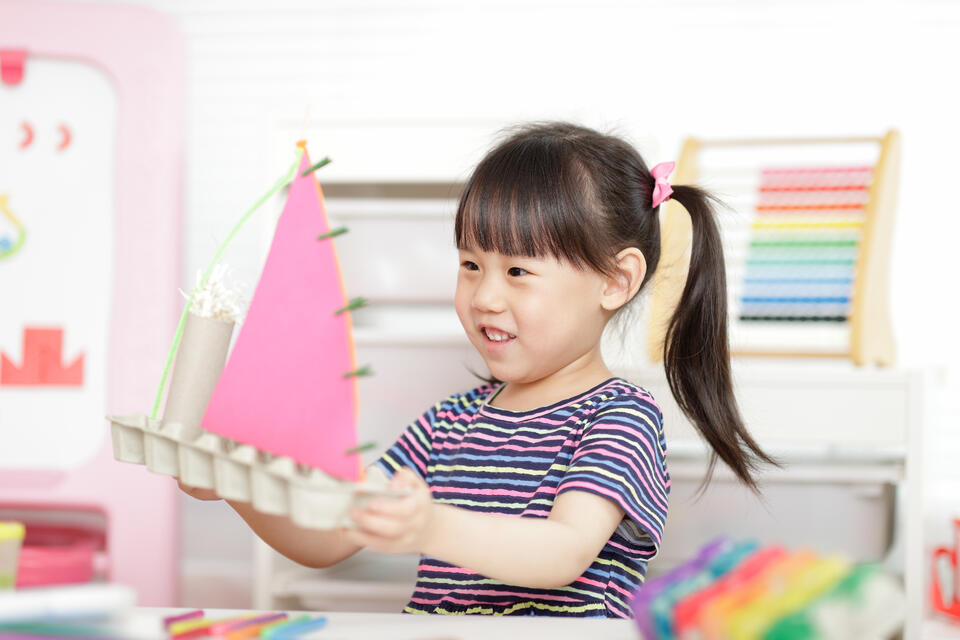
In fact, the James Dyson Foundation Challenge Cards are a great way to engage children in home-based learning and crafts to introduce the many mysterious concepts behind our Earth. Stimulate the young minds with the scientific fun behind these crafts and you may have got yourself a little Einstein.
Taking a leaf out from their books, attempt a quick craft by using cardboard materials to create a boat that floats. It is the perfect challenge the next time your children ask how boats sail on the seas!
4. DIY Bowling Alley
Remember the times we could just go to a bowling alley? Miss the adrenaline of scoring a strike? Create your DIY bowling alley from the comfort of your own home with your kids, using recyclable materials.
Not only is this activity a guaranteed fun, but it also allows children to expand on their creativity when creating their own bowling pins out of plastic bottles and paper rolls. Using vibrant colours of paint, give each bowling pin a unique design. We know children of all ages are bound to love this fun experience.
5. Zero Waste Recipe Challenge
The best part about being at home is that we can indulge in some home-made cooking and what better way to get the entire family involved in making this meal. Not only is it a healthier option, it also is a great way to reduce food waste and limit the use of packaging from doing takeaways or food deliveries.
As the name suggests, the challenge is to not leave any waste behind after cooking a scrumptious meal for your family. One way to do it is by planning your grocery trip to purchase just the right amount of food required. During the cooking process, don’t throw away all the trimmings, peels, or shells after usage. Where possible, use them for stock, or as compost if they are completely inedible. Easy recipes to conquer this challenge include a zero-waste pizza or these delightful chocolate chip cookies.
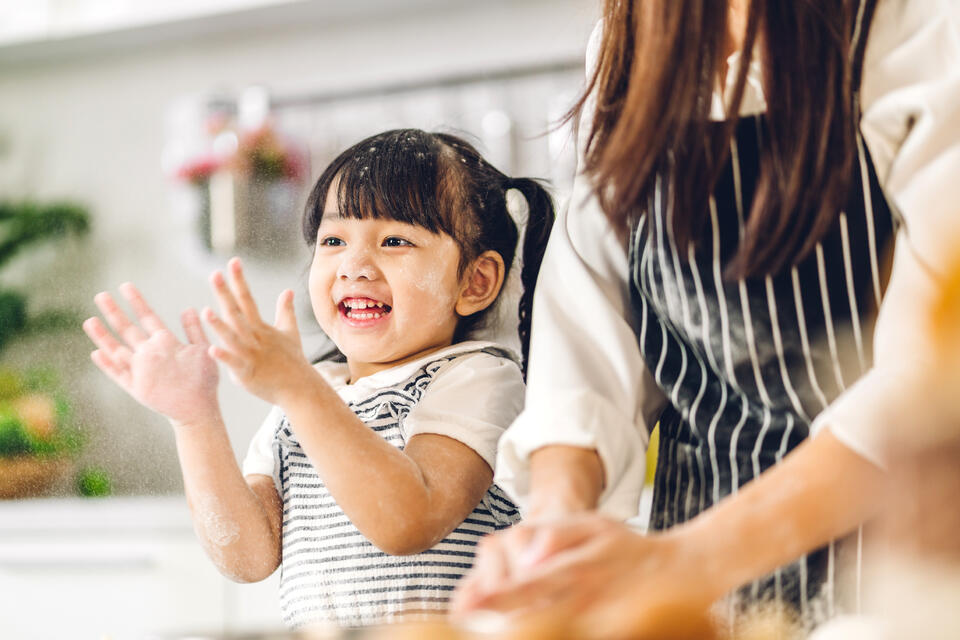
While it may be easy to turn to some screen time to keep the young ones occupied and spend the days, it’s always important to ensure quality family time is spent. What’s even better is to take this opportunity to share and educate your child on the 3Rs (reducing, reusing, recycling). and the power of sustainability. Not only will this help encourage appreciation and ownership for nature, but it can also establish a relationship that could translate to the future generations wanting to do more to #PowerTheChange for a more sustainable lifestyle and preserving the earth.
Image Credits: Nylon Coffee Roasters
Source: The Sustainability Project
References:
- 1 (2019) Climate Healers, Animal Agriculture is the Leading Cause of Climate Change – A Position Paper https://climatehealers.org/the-science/animal-agriculture-position-paper/
Renewable Energy Certificates Explained
- Home
- Residential
- Blog
- Archive by Category "Knowledge" (
- Page 7 )
[Post Date]
Renewable Energy Certificates Explained
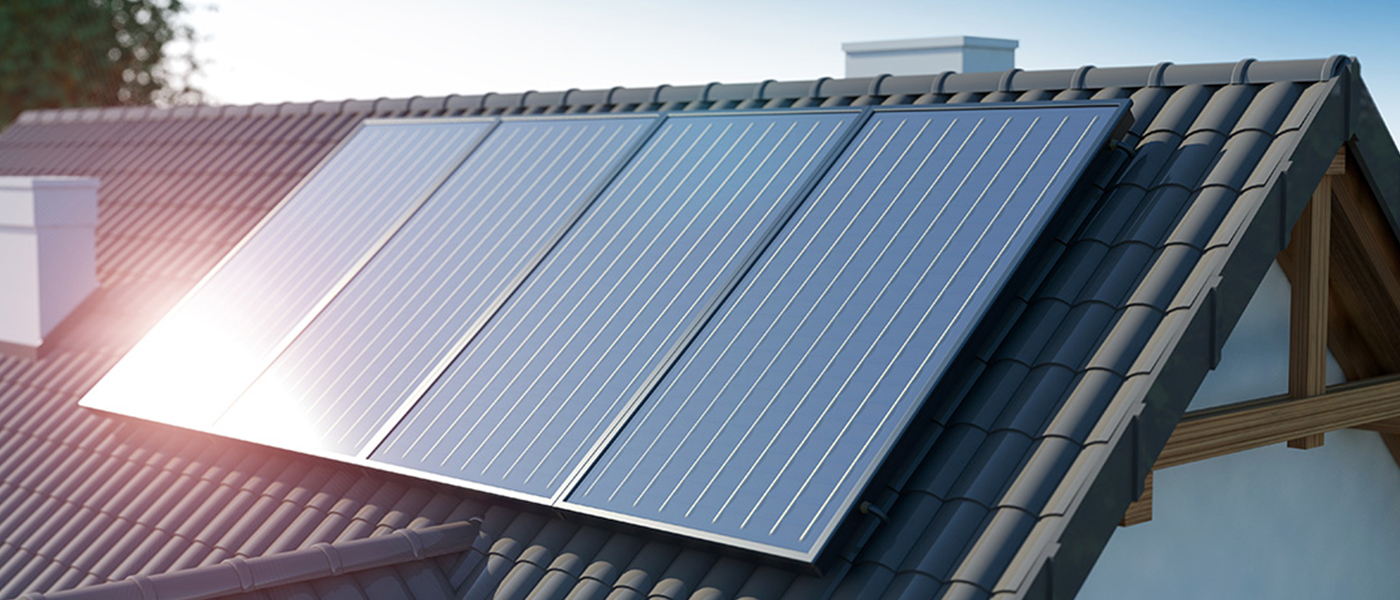
What is Renewable Energy?
Renewable Energy might be a term you have come across if you have been on the lookout on getting your own green electricity plans for your home. What exactly is it, and how does it help the environment? Let us break it down on what it means, to help you better understand and assess it.
Currently, fossil fuels — coal, oil and natural gas, still account for over 80% of the world’s primary energy consumption. The burning of fossil fuels releases large amounts of carbon dioxide and other greenhouse gases, trapping heat in our atmosphere and making fossil fuels the biggest driver of climate change and global warming.
Renewable Energy, on the other hand, do not emit greenhouse gases during generation. It is produced from natural resources that are constantly replaced and never run out, such as solar, wind, hydro, and geothermal energy.
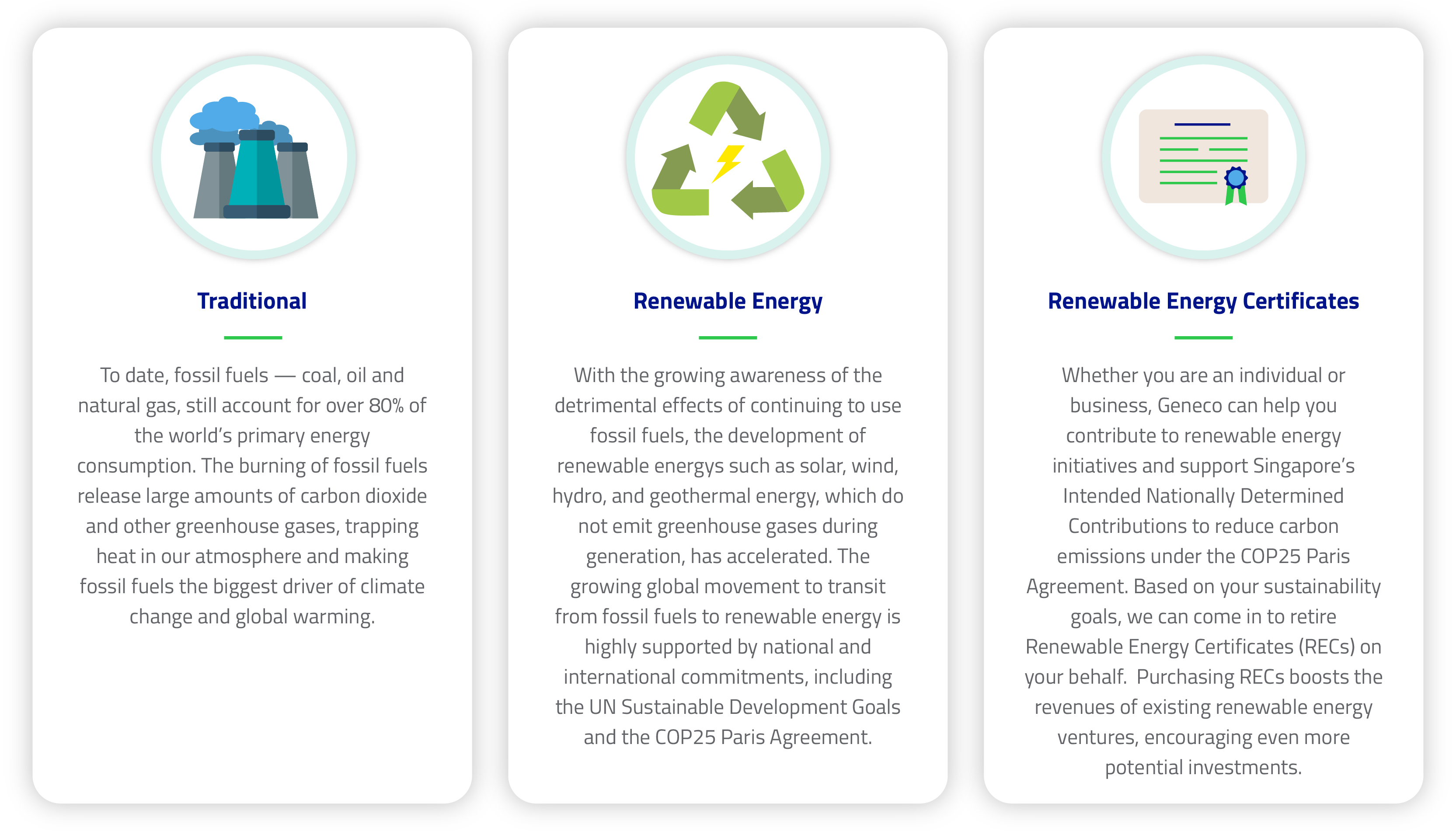

Image Credits: Nylon Coffee Roasters
Source: The Sustainability Project
References:
- 1 (2019) Climate Healers, Animal Agriculture is the Leading Cause of Climate Change – A Position Paper https://climatehealers.org/the-science/animal-agriculture-position-paper/

What are Renewable Energy Certificates (RECs) and how do they work
Renewable Energy Certificates, known as RECs, are market-based instruments that endorse units of electricity generated by renewable energy sources. Each REC represents the clean energy attributes of one megawatt-hour (MWh) of renewable electricity. For instance, if a solar power facility generates 1 MWh of electricity which flows into a power grid, 1 REC would be credited to them which they can choose to keep or sell it.
Because electricity enters our main power grid from many different sources ranging from solar to natural gas, there is no way to know exactly what energy source your electricity comes from. As such, RECs are put in place to serve as an accounting, tracking and assigning ownership mechanism for green energies as they flow into the power grid.
RECs are also internationally recognised for meeting renewable energy commitments and within frameworks such as RE100, Climate Disclosure Project (CDP), LEED, Greenhouse Gas Protocol. Renewable energy generation facilities are only eligible to receive RECs for each unit of electricity generated if they comply and are registered under internationally recognised standards, such as the I-REC standard.
After purchasing RECs, you can rightfully claim that 1 MWh of your electricity use came from a renewable source upon its ‘retirement’. An REC can no longer be sold again once it is retired, meaning no one else can claim that unit of renewable generation.
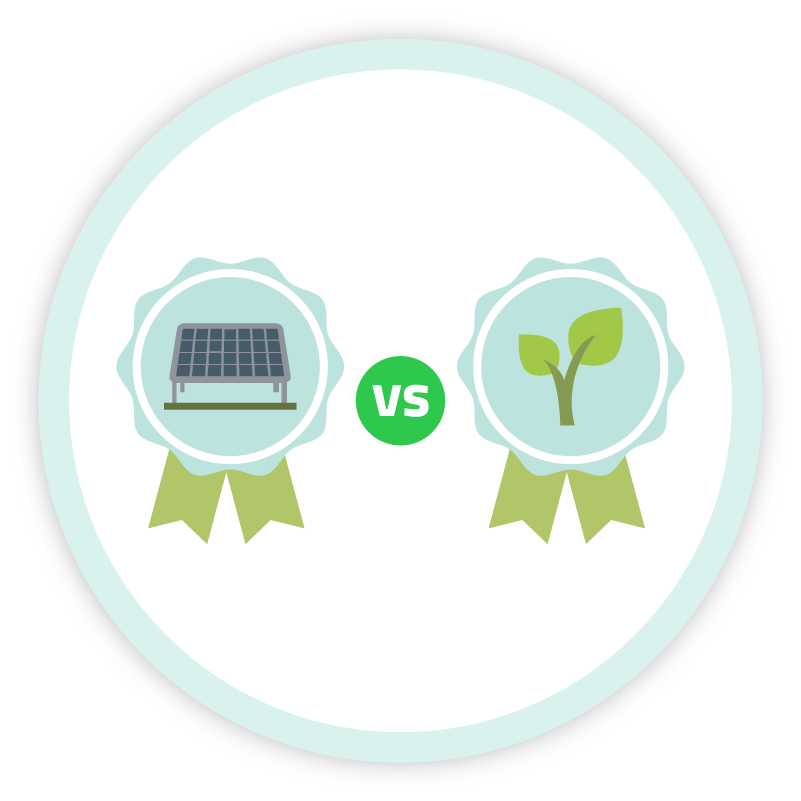
Difference between Renewable Energy Certificates and Carbon Credits
Individuals and organisations working towards their respective sustainability goals have various options when it comes to choosing how to lower their carbon footprints. These include activities that reduce emissions, energy efficiency measurements or switching to clean energy solutions. Recognising the difference between options such as RECs and Carbon Credits can help identify the best methods in achieving the respective goals while charting towards a greener future.
While both RECs and Carbon Credits help to lower the carbon footprints, they are different tools used for different purposes in achieving this greener goal. The key difference between the tools, is the purpose and mechanics behind it.
Carbon Credits helps to offset greenhouse gas emissions by supporting emissions reduction activities such as tree planting projects that remove these emissions from the atmosphere.
RECs offset electricity consumption from non-renewable sources. They support renewable electricity use claims and renewable energy development.
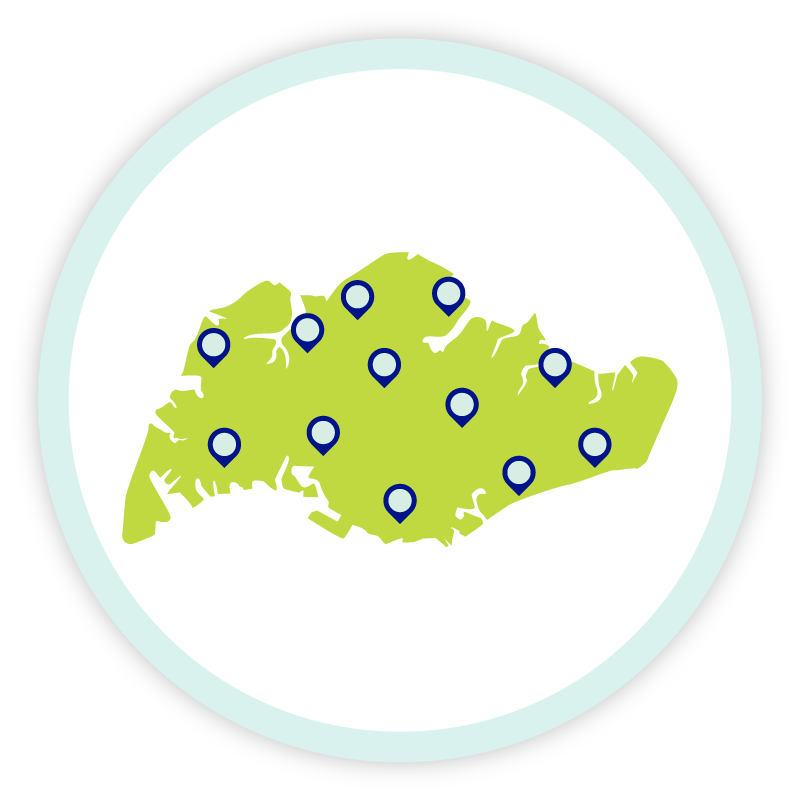
Renewable Energy Certificates landscape in Singapore
Renewable energy options are limited in a small, resource-constrained country like Singapore. There is a lack of water resources, our wind speeds and mean tidal range are low, and geothermal energy is not cost-effective. This leaves solar energy as the main source for renewable energy in Singapore. Even then, space constraints limit the number of solar installations that can be directly connected to consumers. As such, the adoption of RECs, particularly solar RECs for those who want to support local renewable energy, has become a more favorable option for businesses in Singapore in pursuit of sustainability goals and climate friendly policies.
To protect the interests of consumers, the Solar Energy Research Institute of Singapore (SERIS) has acted as the Qualified Reporting Entity (QRE) on the TIGRs (Tradable Instrument for Global Renewables) registry in Singapore since 2016. They validate the actual amount of clean energy generated by Singapore-based solar energy projects and then convert this into RECs before they are passed on to customers.
With Apple’s pioneering announcement in 2016 to adopt RECs in Singapore, DBS Bank and Microsoft have also declared their adoption of RECs in 2017 and 2018, respectively. Other businesses are forecasted to jump on the bandwagon as well.

Benefits of purchasing Renewable Energy Certificates
The purchase of RECs brings about many benefits for individuals and companies. They include
- Reducing your carbon footprint
- Leverage on clean energy without incurring the cost of solar panel installation
- Supporting the revenue and profitability of current renewable energy projects, which in turn encourages even more future investments in such projects, supporting market growth and evolution
- Demonstrating a company’s commitment to the environment with the adoption of renewable energy as part of one’s energy portfolio
How does Geneco support the RECs?
Geneco offers RECs from a variety of sources that advocate effective climate action and the UN Sustainable Development Goals. We can help individuals and companies assert green energy use by procuring, retiring and certifying RECs.

Borderless
Whether it is local or foreign RECs, it’s your call and we source.

Hassle-free
With Geneco’s large pool of RECs suppliers, your purchase requirement would be easily matched. Enjoy cost savings by leaving the time-consuming procurement & administrative process to us.
Purchasing RECs, however, is not equivalent to buying electricity.
Which is why, here at Geneco, we have also bundled the purchase of RECs with our green electricity solutions for your convenience. Start your sustainability journey with us today by choosing Geneco’s Renewable Energy solutions.
Carbon Neutral Electricity Explained
- Home
- Residential
- Blog
- Archive by Category "Knowledge" (
- Page 7 )
[Post Date]
Carbon Neutral Electricity Explained
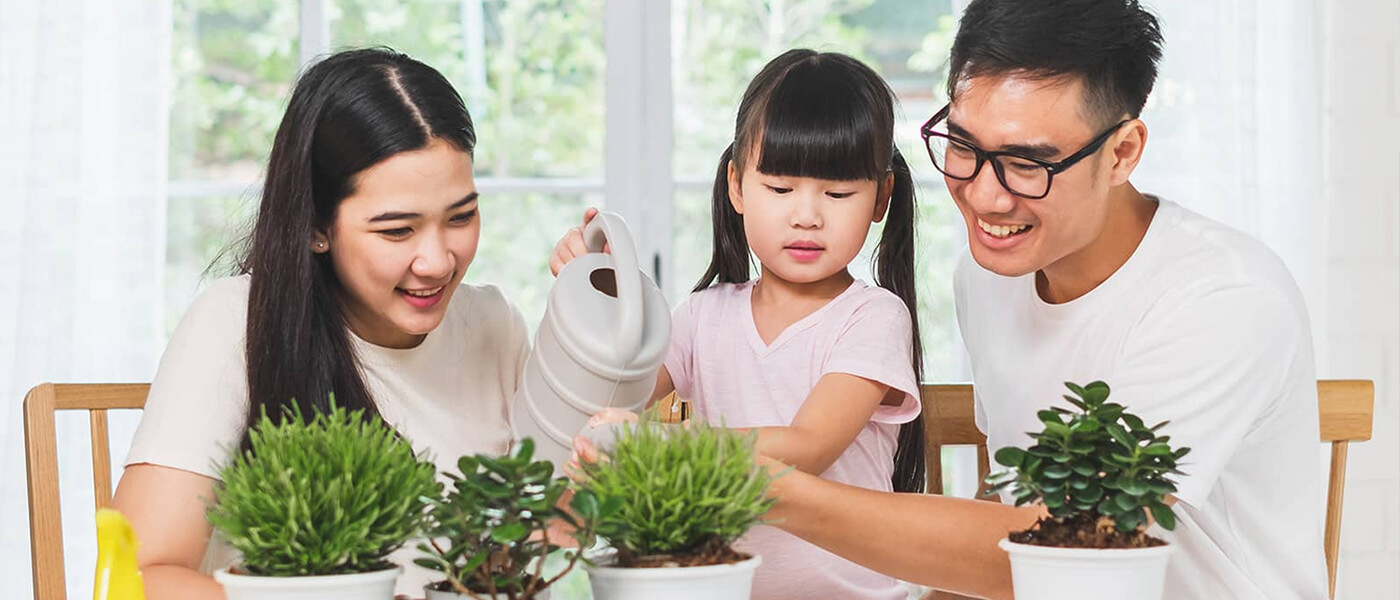
A brief introduction to carbon emissions
Since the Industrial Revolution, sources of carbon emissions have increased. Human activities have led to a sharp and dangerous increase in these emissions, mainly through fossil fuel combustion in the electricity and heat, transportation and industrial (consisting of manufacturing, construction, mining and agriculture) sectors.
Carbon emissions make up 97% of Singapore’s greenhouse gas emissions. These emissions cause more heat to be trapped in the atmosphere, leading to climate change. This interesting video created by researcher Antti Lipponen, from the Finnish Meteorological Institute, used publicly available data from NASA to demonstrate the rising temperatures, or global warming, across the world.
These are some of the few repercussions of global warming:
- Widespread melting of snow and ice around the world
- Rise in global sea levels
- Ocean acidification
- Coral bleaching
- Increased flooding
- Longer droughts
- More frequent cold waves and heat waves
- Stronger storms, cyclones and hurricanes
These effects, in turn, lead to a decrease in crop yield, famine, loss and extinction of flora and fauna on land and under the sea, threatened water supplies, rise in water, food and insect borne diseases, and many other issues.
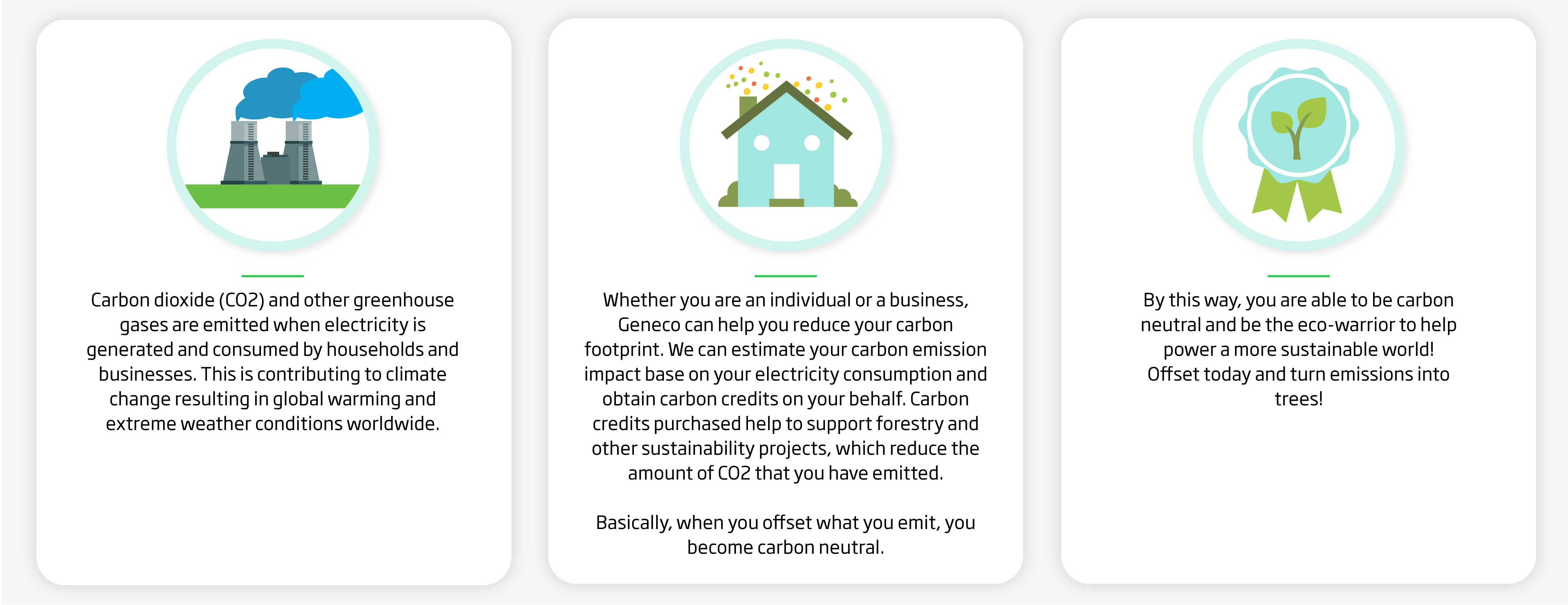

What is Singapore doing to help?
Singapore experiences the effects of climate change along with the rest of the world. The buildup of carbon dioxide in the atmosphere makes our weather hotter and raises the sea level around us too.
Reducing our carbon emissions is one important way of limiting the effects of climate change in the coming decades. As a responsible member of the global community, Singapore has pledged to reduce our greenhouse gas emissions by 16% below Business-As-Usual levels in 2020. The pledge, announced in 2010 ahead of the UNFCCC Climate Change Conference in Copenhagen, was conditional on a legally binding global agreement. Singapore has also ratified the UN Framework Convention on Climate Change in 1997, acceded to the Kyoto Protocol in 2006 and to the Paris Agreement in 2015.
Within Singapore, energy consumption is one of the main sources of carbon emissions. Our household appliances, transport systems, industrial and commercial activities all run on electricity and fuel.
Over the years, Singapore has switched to being less reliant on carbon-intensive fuel oil, using more natural gas instead. This means that Singapore can continue to be powered, while emitting less carbon. However, there are limits to how much further we can reduce emissions, since natural gas already constitutes more than 95% of our fuel mix for electricity generation today. Therefore, improving energy efficiency is key in our efforts to reduce emissions.
How are carbon emissions linked to my use of electricity?
Conventional electricity is generated through the burning of fossil fuels and this process results in the release of carbon dioxide equivalent (CO2e) gases into the atmosphere. By using electricity, consumers indirectly contribute to these emissions.
How much carbon does a typical household indirectly emit from the use of purchased electricity?
Based on an average Singapore household consumption of 450 kWh of electricity per month, around 2.2 metric tonnes of carbon dioxide equivalent gases are estimated, per household, to be emitted to the atmosphere in a year.
How can I reduce my carbon footprint?
In order to reduce your carbon footprint, you first need to understand the extent of your carbon footprint. You can learn more about your estimated carbon footprint using a simple online calculator.
You can reduce your carbon footprint by making conscious and mindful decisions about your lifestyle. This would result in lower energy use, lower emissions and a better world for future generations.
Here are four ways to get you started:
Image Credits: Nylon Coffee Roasters
Source: The Sustainability Project
References:
- 1 (2019) Climate Healers, Animal Agriculture is the Leading Cause of Climate Change – A Position Paper https://climatehealers.org/the-science/animal-agriculture-position-paper/

1. At Home
Minimise your household carbon emissions by using energy, water and other resources carefully. Adopt some green ways to reduce your household energy usage.
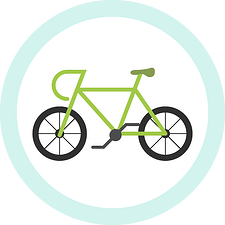
2. Transportation
Take public transport instead of driving. If your destination is nearby, walk or cycle.
If you have to drive, choose a car that emits less carbon. Look out for the mandatory Fuel Economy Labelling Scheme (FELS) labels. These will tell you more about the amount of carbon emitted and fuel efficiency performance of the car model. With the enhanced Vehicle Emissions Scheme (VES) effective from 1 January 2021, you will also get to enjoy a rebate when you buy a vehicle that emits less carbon.
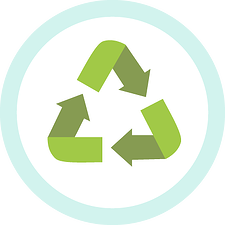
3. Reduce, reuse and recycle
By choosing to use less, less will go to waste. When we do throw things away, we can make sure our waste gets reused by recycling materials such as paper, metal, plastic and glass.
Using recycled products can also help reduce carbon emissions, because it takes less energy to produce them.
Avoid using disposable utensils, cups and plastic bags whenever possible. Reduce waste by bringing your own utensils for meals and using your own reusable bag for grocery shopping. Also, consider whether you really need the packaging or wrapping when you buy things.
Watch this 71-year-old grandmother take on the 7-day zero-waste and plastic-free challenge.

4. Utilise carbon credits
Carbon credits are completely voluntary. Individuals and businesses can purchase carbon credits to balance out their carbon footprint.
In a nutshell, carbon credits let you pay to avoid/reduce the carbon emissions, instead of making radical or impossible reductions of your own.
When you buy credits, you fund projects that reduce carbon or greenhouse gas emissions. Some examples of these projects include renewable energy projects, updating power plants and factories, or increasing the energy efficiency of buildings and transportation.
What are carbon credits?
Carbon credits (or carbon offset) are credits given for greenhouse emissions reduced or removed from the atmosphere by an emission reduction project, and which can be used by governments, industry or private individuals to compensate for the emissions they are directly and/or indirectly generating.
How do carbon credits work?
While there are different types of carbon credits available in the market, they all work in similar manner. One of the most widely issued carbon credits are the Verified Carbon Units (VCUs) issues to projects developed under the Verified Carbon Standard (VCS) Program.
Through the VCS Program, more than 1,300 certified VCS projects have collectively reduced or removed over 200 million tonnes of carbon and other GHG emissions from the atmosphere.
Projects developed under the VCS Program must follow a rigorous assessment process in order to be certified and include a wide variety of technologies and measures which result in GHG emission reductions and removals. These projects are categorized by their sectoral scope, which range from renewable energy projects to land use projects.
All VCS projects are subject to desk and field audits to ensure that standards are met and methodologies are properly applied. Projects are assessed using a technically sound GHG emission reduction quantification methodology specific to that project type.
Once projects have been certified, project developers are issued VCUs, with one VCU representing one metric tonne of carbon-equivalent emissions reduced or removed from the atmosphere.
Purchasing and retiring these VCUs allow individuals and companies to offset their own emissions. Carbon neutrality is achieved when emissions are fully offset.
Parties interested in purchasing and retiring these VCUs, use the trusted and secure platform, the Verra Registry, which was launched in April 2020 and is the cornerstone for the implementation of VCS standards and programs. Geneco is one such party, and strive to provide our customers with carbon credits of similar or even higher standard of assessment and quality assurance.
How does Geneco support the reduction of carbon emissions?
In the UK, Geneco is acclaimed for its work in recycling and renewable energy. Landfills of junk and waste are used to power homes, buses, cars and more. We have won 13 awards for our green efforts, including National Recycling Awards for both 2015 and 2016, British Renewable Energy Awards for both 2015 and 2017, and many more.
Geneco brings this same expertise to the Singapore Open Electricity Market, giving consumers a choice to build a sustainable energy future through the purchase of a carbon neutral electricity price plan.
Start your sustainable journey today by customising your green add-on for your electricity plan with Geneco’s Power Eco Add-on (Carbon Credits).
How to be a successful plant parent
- Home
- Residential
- Blog
- Archive by Category "Knowledge" (
- Page 7 )
[Post Date]
How to be a successful plant parent
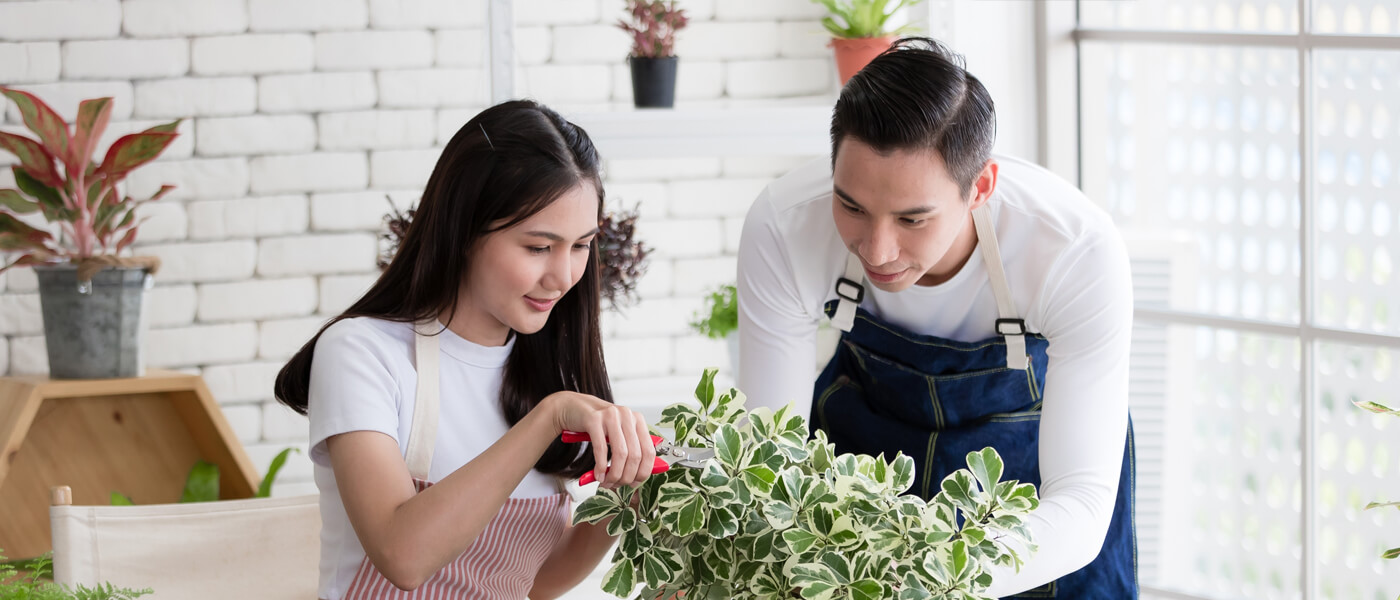
House plants are a great addition to any home – and they come with many benefits ranging from improving the air quality of your room to being a mood booster and even improving your wellbeing. A pot of monstera or a spider plant would make a great décor piece, breathing life into the corners within any home with their perky green leaves.
Despite these benefits, many might think they do not have a green thumb and would still choose to go without having any plants at home. Don’t be discouraged if you had a bad experience at your first attempt of growing a house plant. To help you on your journey to be a successful plant parent without the unnecessary struggle, here are some tips to help you succeed the smart way, not the hard way.
1. How many golden hours do you get?
Before anything else, draw your curtains wide open and figure out exactly how many hours of sunlight your room of choice normally gets as this is crucial in deciding what type of house plant to buy. Some plants can survive on less than two hours of sunlight a day, while some need up to eight hours of light.
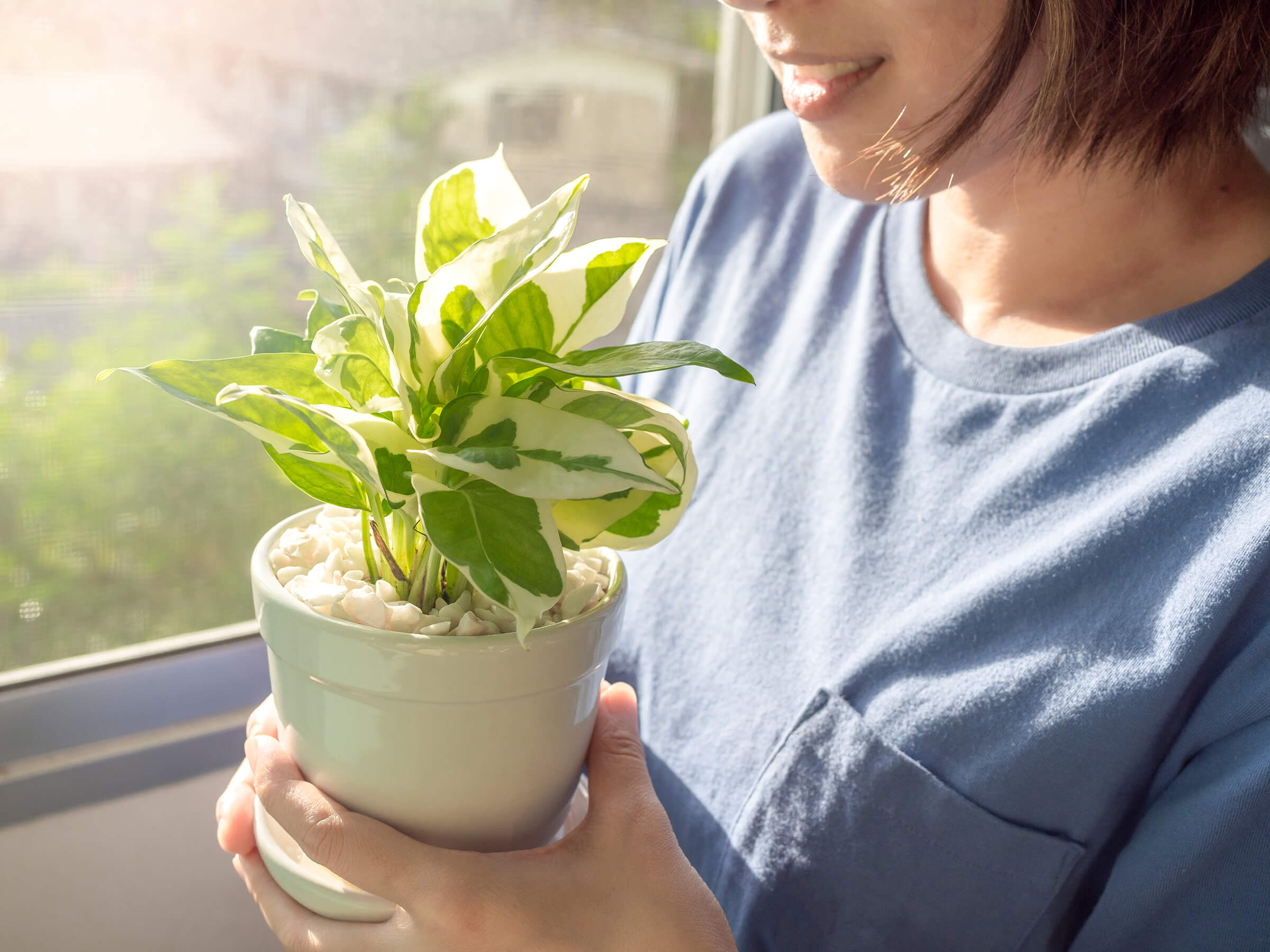
If you spot some brown ends on the leaf of a plant, that could be a sign of scorching, which happens when there is too much sunlight and not enough water. The direction of your window would also give you an indication of how many hours of sunlight you will be getting and how strong the sunlight would be. In the same way we all have different preferences, your plants and your environment would have to be a great fit for each other so that it can thrive in your home.
2. The watering trick they don’t tell you about
Too much of a good thing can be bad, and the same goes for watering your plants. It is a common misconception that all plants need as much water as they can get. Each species of plants has their own watering needs, and many plant-health related issues start from overwatering.
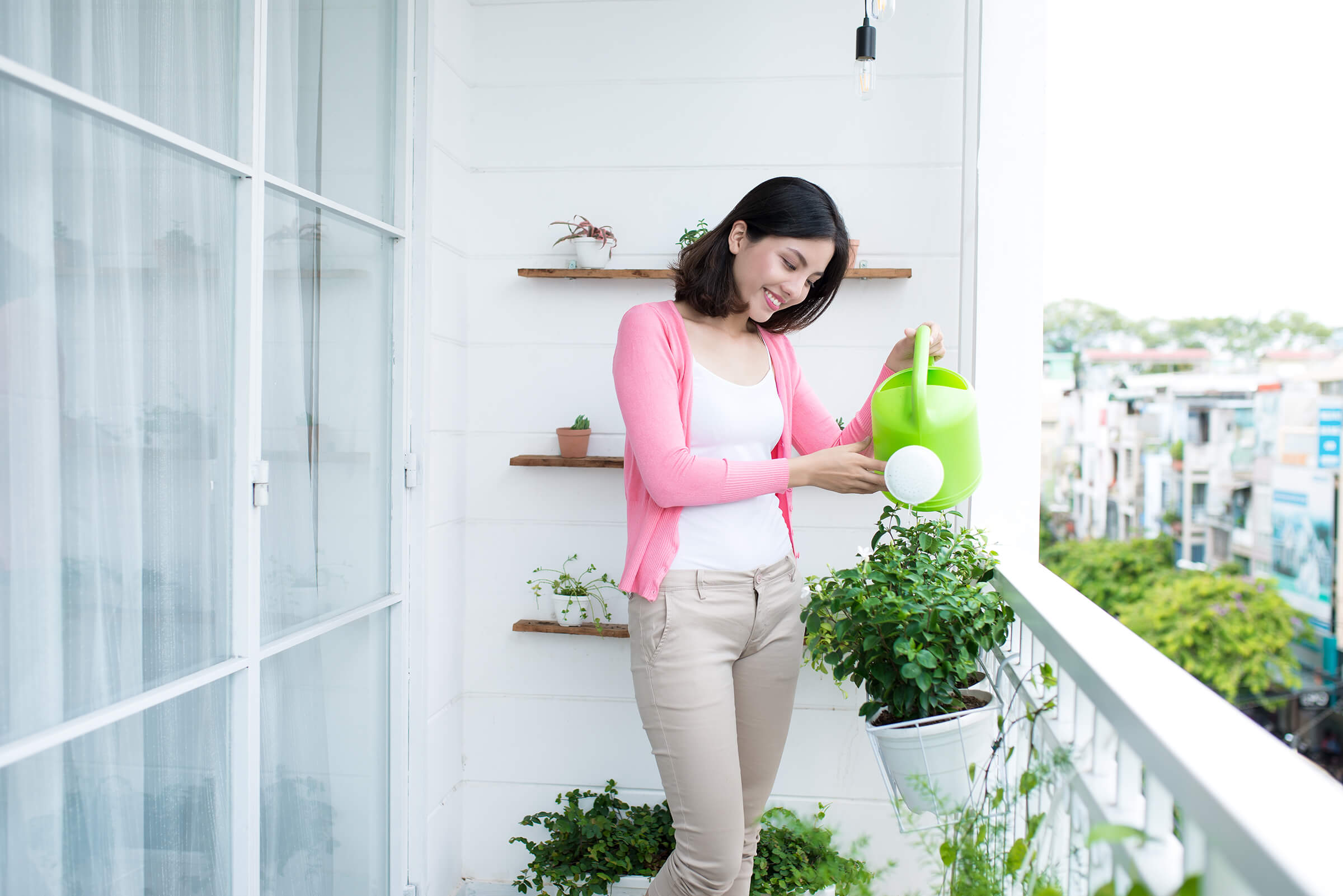
Not well known to most people, the term ‘overwatering’ does not refer to the quantity of water. In fact, it is important to water the plant to the point of saturating the soil. ‘Overwatering’ actually refers to watering too many times, and depending on the plant, the appropriate number of times can range from once a day to once a month. With the right plant, you can enjoy bright green leaves while watering at a frequency that suits you.
3. Keeping away the pesky pests and other plant health problems
The health of your house plants can be severely impacted by house pests and fungi, which could be using your plant as a home, or source of food and nutrients. There are many different types of these pesky little fellas, but luckily, there are simple ways to prevent infestation:
- Isolate new plants from the rest for at least a month before putting them together. In this time, check the new plant to see if there are any bugs
- Wipe down a planter whenever you re-pot a plant
- Remove dead leaves and foliage
- Wipe your plants down occasionally with a soft cloth and lukewarm, non-toxic soap water
- Make use of a common household product to create your own natural fungicide (we found baking soda to work wonders for our plants)
Selecting your first house plants
We know the above may sound daunting and like a lot of work, but once you get the hang of it, you will be rewarded with healthy and happy plants that will brighten your home and improve your mood. To get you started, here is a list of low maintenance plants that you can consider having at home.
- Snake plant
Snake plants are a fan favourite, because of how low maintenance they are. They require very little watering, and they do well in most conditions. Their strong green leaves feature interesting snake-like patterns, which makes every plant different from the next. Talk about a unique indoor plant! They are resistant to most pest problems, and research has shown that they have air purifying effects as well. If you are looking for a beginner plant that is beginner-friendly and easy to maintain, look no further than to explore having a snake plant as part of your starting collection.

- Spider plant
The plant got its name from the way the little plants dangles, much like a spider web. Raising a pot of spider plant can be very gratifying, because they grow quickly and very easily. They also purify your air and remove harmful chemicals. Don’t worry about the brown tips either, it’s completely normal and is caused by the salt build up in the soil. - Monstera
You might have seen this guy in many interior design magazines because of its interesting appearance. With the holes in its leaves, it is no wonder that its nickname is “Swiss cheese plant”. It would turn any living area into an oasis, sitting beside your couch while you chill and relax on the weekend, giving you the tropical hotel experience right from your living room.
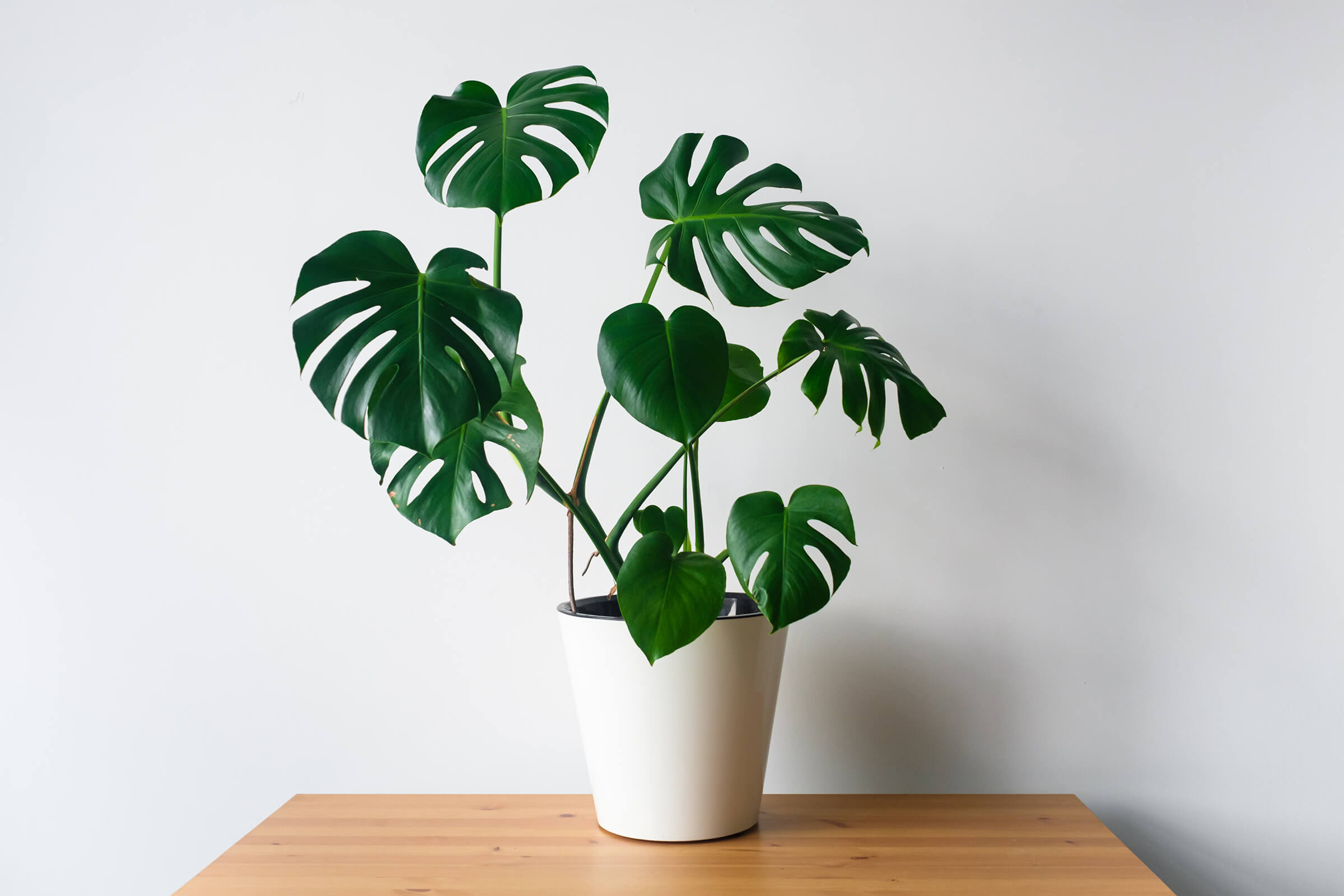
As we incorporate house plants into our homes and enjoy the benefits it brings to our lives, let us not forget the importance of trees and how they serve as the lungs to the earth. Not only do they help combat climate change by reducing carbon emissions, but they also form the life-support system of many wildlife species.
In celebration of our 3rd Anniversary, and as part of commitment to the nation’s #SGGreenPlan, Geneco is joining the #OneMillionTreesSG movement by planting 250 trees over the next 5 years. Be a part of this movement with us by joining in our giveaway in the post below and stand a chance to win a special eco-friendly lifestyle set, comprising of a tote bag, reusable water bottle, lunch box, cutlery set and win $30 Dairy Farm vouchers.
Together, let’s #PowerTheChange!
Image Credits: Nylon Coffee Roasters
Source: The Sustainability Project
References:
- 1 (2019) Climate Healers, Animal Agriculture is the Leading Cause of Climate Change – A Position Paper https://climatehealers.org/the-science/animal-agriculture-position-paper/
5 activities to do with your family this Earth Hour
- Home
- Residential
- Blog
- Archive by Category "Knowledge" (
- Page 7 )
[Post Date]
5 activities to do with your family this Earth Hour

Every year, the world comes together to switch off their lights for 60 minutes as part of Earth Hour, global movement to show their commitment and support for a more sustainable planet.
The event was originally started by World Wildlife Fund (WWF) and its partners, and was first held in Sydney, Australia in 2007. Now it is being celebrated across the globe, with people participating from 180 different countries. Earth Hour will be happening on 27 March 2021, from 830 – 930PM at your local time. The goal of the event is to catalyse a positive change for our environment through standing together as one human race to make a statement for the planet.
If you are thinking of joining this movement with your family this coming weekend, you will be happy to know that there are still plenty of activities that can still be done even with the lights switched off! We put together some fun family-friendly activities that are perfect to help you make the stand and make the experience a little easier even for the little ones.
1. Take a night walk for some fresh respite
With the lights at home all switched off, one of the easiest ways to spend time would be to head outdoors. With social distancing still in place, we recommend avoiding crowded locations but instead opt to explore the neighbourhood parks within the heartlands. Singapore is home to lush nature spaces and green corridors. Our small garden city is home to more than 450 parks and we are sure that there is bound to be one within your estate to take a walk in.
Taking a night stroll in the parks with your family is a perfect after-dinner activity to enjoy the cool breeze while still doing your part for the environment. If a solitary walk is your choice, take the chance to clear your mind and enjoy being one with nature after a long busy week.
2. Have a candlelit family dinner
If dinner is a late affair in your household, a candlelit dinner would be well suited to commemorate the event. Plus, with the children at the dinner table, we think it is the perfect opportunity to share on the significance of this movement and why this dinner is so special with the lights switched off as a dinner topic.

Often, we need to speak with our actions, and we believe a unique dining experience with the lights switched off and breaking out the candles will be the perfect starting point to show why doing their part for the earth is important.
3. A classic movie night
What better time than to suggest a movie night for the entire family this Saturday evening? Spending the night watching a movie not only commits your family to the entire movement, but it could even allow you to clock in twice the amount of time since movies tend to run longer than an hour.
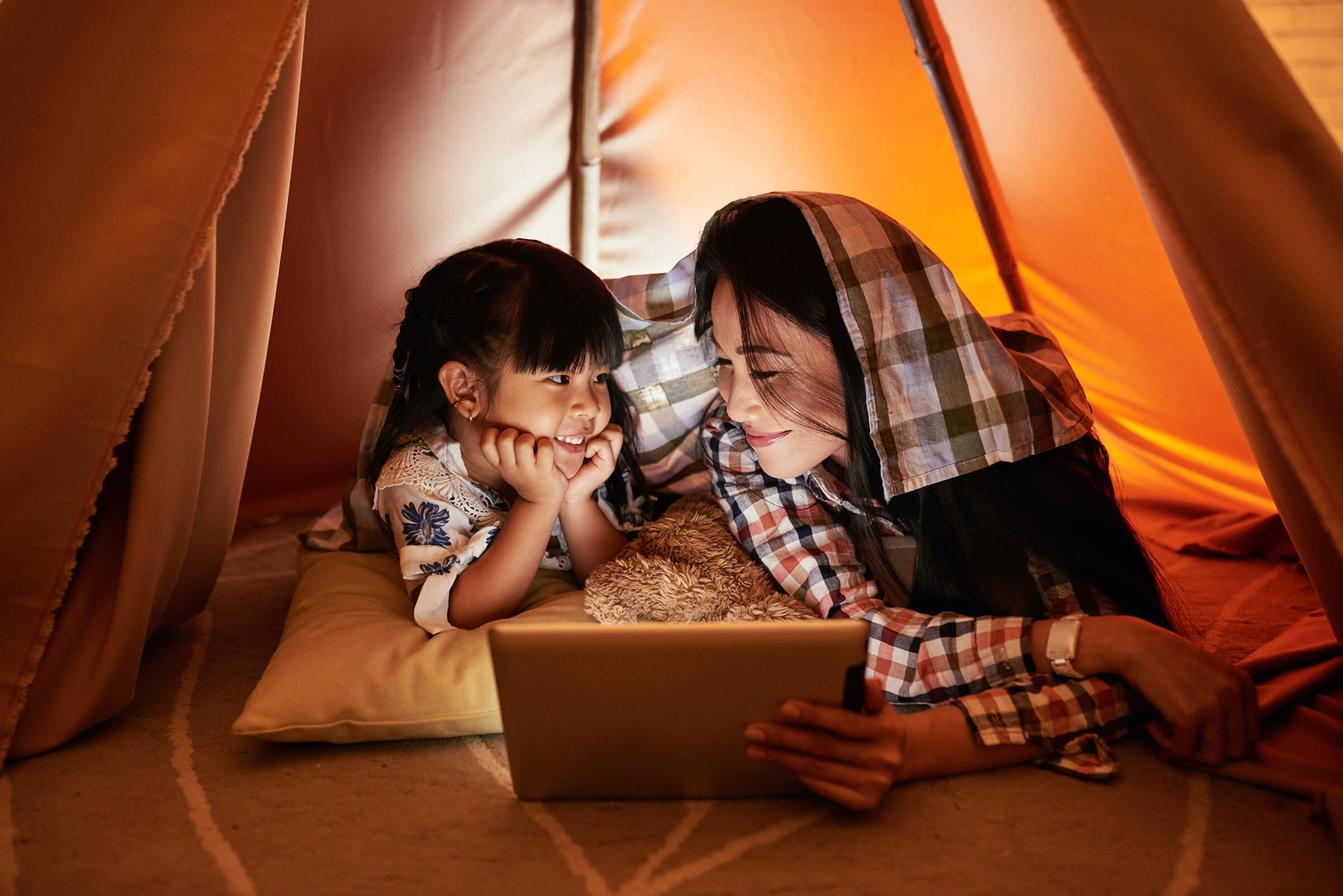
Make the most of the evening by choosing a movie with a green message for the earth! It could make for a great themed movie night to get the entire family on board. Some favourites include WALL-E, Happy Feet and Free Willy. Have the popcorn popping and get comfy among the cushions and look forward to a night of movie fun for the entire family!
4. Reign victorious with game night
With the living space to be darker than usual, a fun way to inject some old-school family fun would be to gather the family for a game night! Card and board games might be the usual picks, but for this special edition of game night take your pick from your favourite virtual games and have a blast. Hot favourites include virtual Chess, Drawful 2 or even Heads Up!
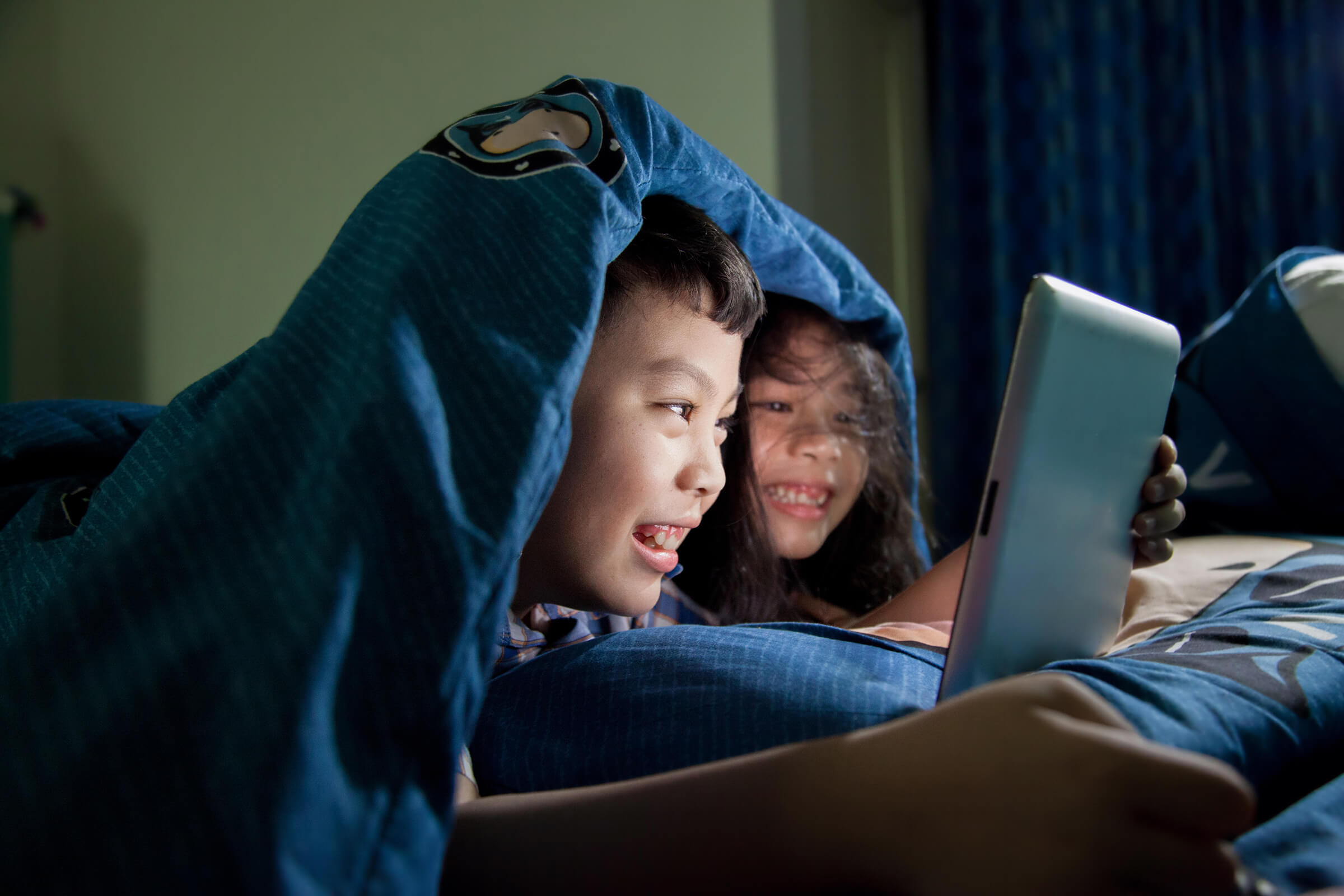
5. Get creative with shadow puppets
With the advancement of technology, children have access to online games, on demand shows and handheld consoles easily. Creating a unique fun experience in the dark would probably be the last on their minds. With the commemoration of Earth Hour, take a step back from the usual and take advantage of the lights being switched off by staging your own shadow puppet show. Let their imagination run and create stories together with the children by using a torch light and upcycling items around the house to illustrate the silhouettes and shadows on a blank canvas.
It truly is a fun activity that can peel the eyes away from the screen for one night and inject some good old nostalgic fun into the world of children today!
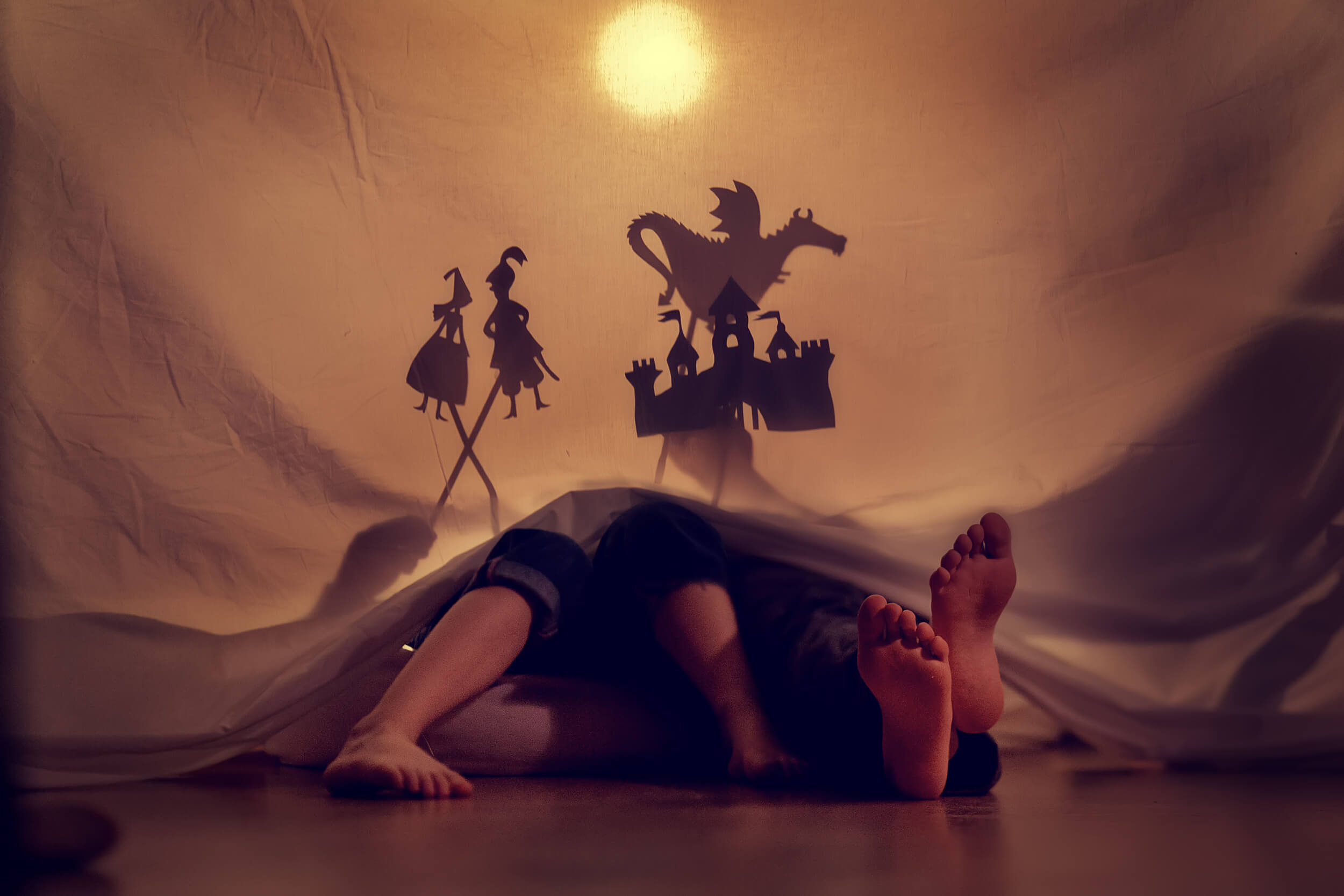
Here at Geneco, we encourage you and your family to be a part of this movement. By taking the first step to participate in Earth Hour, it also translates into taking a first step towards building a more sustainable future. With the realisation of the impacts of our every action, it can spur for a more conscious approach on the way we live. Join us this Earth Hour to make your action count towards powering a change for a greener future.
Image Credits: Nylon Coffee Roasters
Source: The Sustainability Project
References:
- 1 (2019) Climate Healers, Animal Agriculture is the Leading Cause of Climate Change – A Position Paper https://climatehealers.org/the-science/animal-agriculture-position-paper/
Global Recycling Day 2021 – Be a Recycling Hero today!
- Home
- Residential
- Blog
- Archive by Category "Knowledge" (
- Page 7 )
[Post Date]
Global Recycling Day 2021 – Be a Recycling Hero today!
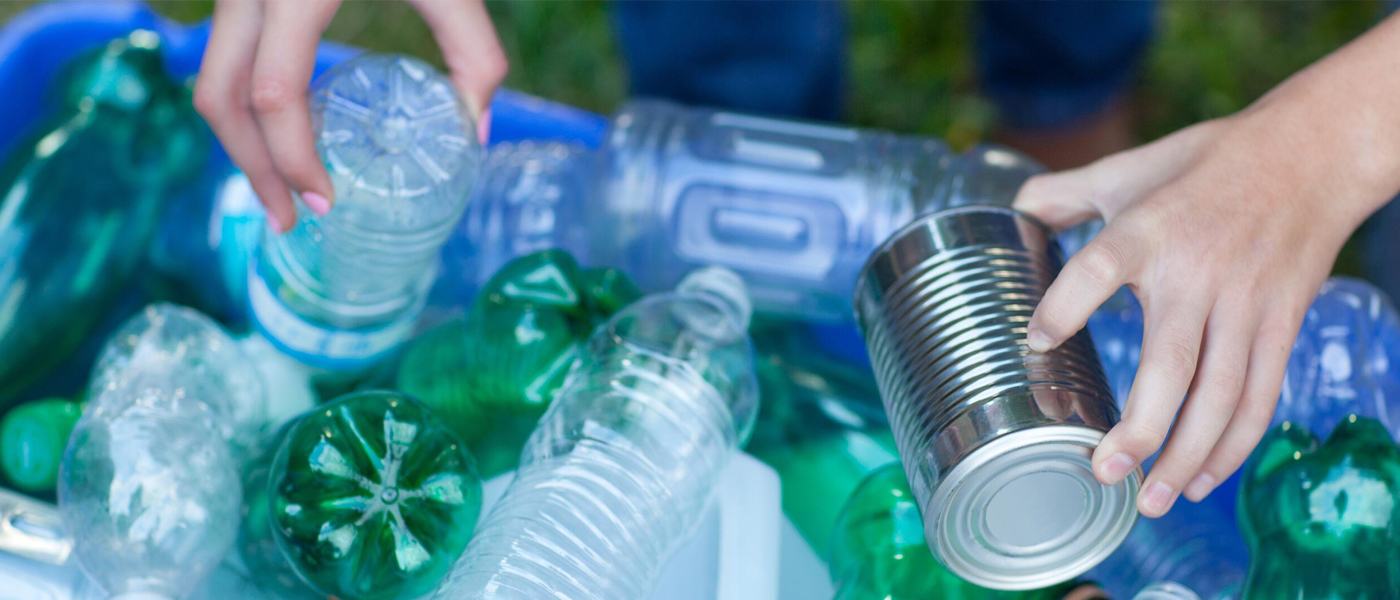
For most of us, we are familiar with the 3Rs of sustainability – Reduce, Reuse and Recycle. While we know that the first two can be easily implemented at home, the idea of the third one might be somewhat foreign to the majority. How much do we really know about recycling in Singapore and do we know what is the right way to recycle?
Global Recycling Day occurs on 18 March every year. The inception of it was with the intention of changing the mindsets of governments, businesses, communities, and individuals — encouraging the adoption of recycling to preserve precious primary resources and not generate more waste. It also aims to reinforce the importance of this issue at a global level and the need for it to be tackled to actualise big changes.
With that in mind, the theme for 2021’s Global Recycling Day is #RecyclingHeroes, where it will focus on celebrating the recycling efforts of people, places and activities all around the world. As Singapore charts forward with the SG Green Plan 2030, let’s find out how we can play a part in this movement too.
The Importance of Recycling
Many of world’s natural resources are finite and non-renewable. This means that once we run out of them, the world will no longer have these natural resources. As with the need to tap on the earth’s natural resources, it gives rise to more problems for our environment such as deforestation and pollution.
Recycling will help in extending the life of something that has been utilised for its initial intention and reduce the dependency on natural resources of our planet.
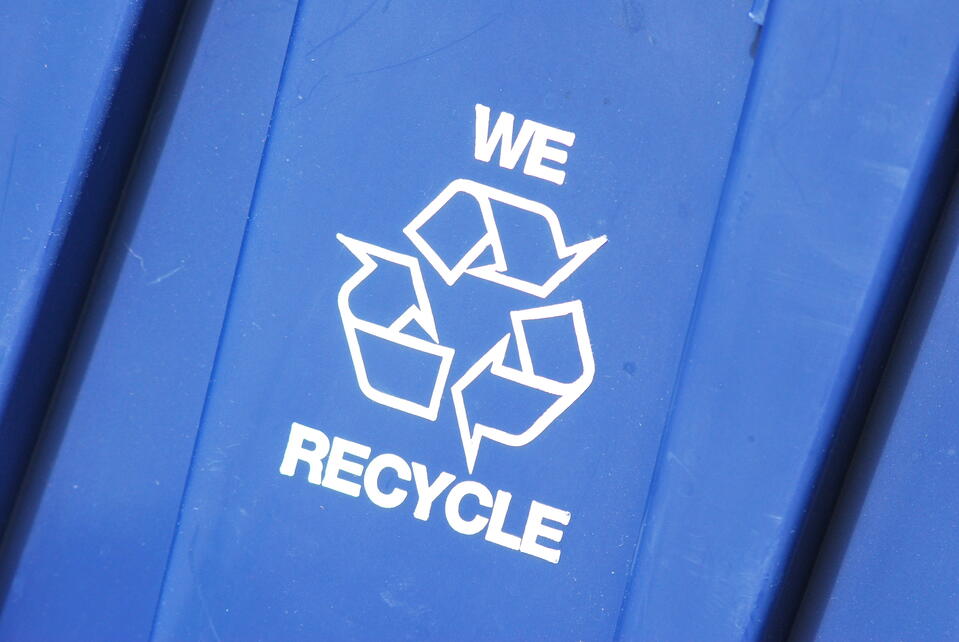
Therefore, it is important to learn how to recycle and the active role mankind plays in preserving our environment. Countries all around the world have rallied its citizens and implemented necessary measures to do good for the earth and encourage a culture of recycling.
- Germany
In Germany, the recycling process is very comprehensive and precise. There are various coloured bins for different types of waste. For example, blue bins for paper, yellow bins for recyclable goods and a different coloured bin for different coloured glass. There are even bins for compostable goods such as food scraps, and boxes for battery recycling in supermarkets. The system may be detailed, but most German citizens are well-informed on how to carry out the process. In fact, up to 56.1% their waste is recycled! [1] - Austria
When Global Recycling Day first launched in 2018, Austria hosted an exhibition to educate the public on the importance of recycling. Today, Austria has a blanket ban on several types of waste going to the landfill – this means that these waste materials must go through recycling. The country also promotes a producer responsibility model, where companies are held accountable for the waste they generate. Companies would collect back the remaining waste from the products they create, and this complete ‘circle’ of responsibility is what is referred to as a circular economy. - South Korea
We often see the characters within Korean dramas sorting out their waste within communal recycling bins. This is not just a scene out of a drama. In fact, the culture of recycling is heavily embedded within the country where the average recycling rate for municipal waste in South Korea stood at over 50% [2] and that number is projected to increase in the near future. Back in 2019, South Korea also launched recycling education packs for local schools, in celebration of Global Recycling Day [3]. Looking forward, South Korea is progressively implementing the banning of plastics, in order to create an eco-friendlier environment. - Taiwan
More than half of Taiwan’s waste is recycled, and it is hard not to see why as this island country has an advanced 4-in-1 recycling programme that includes four strengths: Public Community, Local Authorities (Cleaning Teams), Recycling Enterprises and Recycling Fund. The programme has been launched since 1997, inculcating a culture of recycling among the young people and future generations [4]. These four strengths come together as a collective effort to create a complete recycling network for Taiwan.
Recycling in Singapore
Singapore’s only landfill, Semakau Landfill, is projected to run out of space by 2035. This suggests that Singapore has to find an alternative to our current waste disposal system, and recycling is one of the possible solutions.
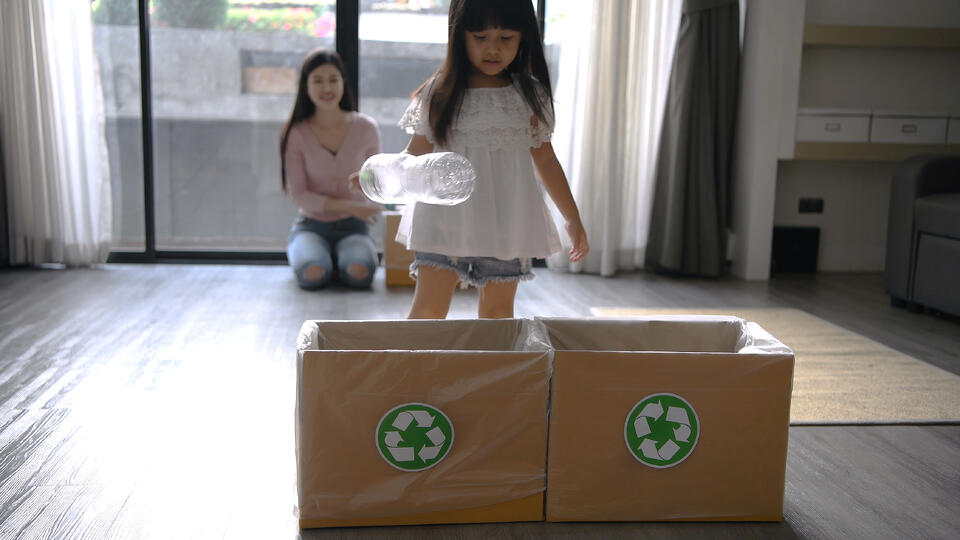
In a study by the National Environment Agency in 2019, it was found that 6 in 10 Singaporean households recycle regularly [5]. However, a significant proportion mistakenly classified items which should be reused or disposed of as recyclables, such as Styrofoam boxes or old clothes. Much education and awareness behind the importance of recycling and the proper way to recycle is still needed within the nation. The inconvenience to dispose your recyclables in the right manner is a small price to pay for the environment’s future.
How to recycle responsibly in Singapore?
Recycling in Singapore can be easy once you are well informed on what can be recycled. If you are unsure whether that plastic soap bottle or biodegradable bag can be recycled, a good place to start is by debunking certain myths on plastic recycling in Singapore or reviewing the things around you that you never knew you could recycle. The more we learn about proper recycling methods, the more we can grow and develop as an eco-friendly community.
To further encourage the rest of your family to be a part of this movement, have a recycling corner within your home to make recycling easily accessible. The steps are easy for the entire family to follow
Step 1: Check the blue bins on what can be recycled (National Environment Agency has even provided a list here)
Step 2: Ensure all items are rinsed and not contaminated with any food or liquids
Step 3: Drop clean recyclables into the communal blue bins
By following these steps, we can help improve our domestic recycling rates, and solve our impending waste disposal issue. Other areas to channel recyclables in Singapore include smart Reverse Vending Machines located across multiple locations in Singapore to drop off plastic drink bottles and aluminum drink cans and be rewarded in the process.
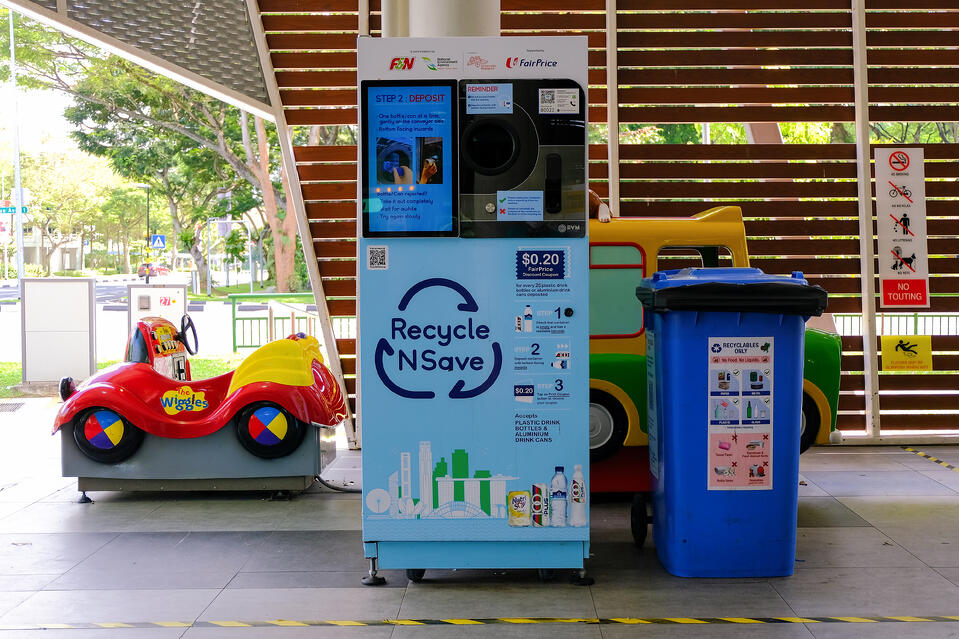
Electronic waste (or e-waste) such as laptops, cables and lightbulbs can be recycled as well. However, instead of dropping them in the communal blue bins across the estates, do take note that the recycling collection method for them is different and blue bins do not accept e-waste.
As the composition of each electrical item is different with some containing a certain amount of heavy metals and other substances of concern, a different recycling channel has been set aside to have these electronic equipment properly treated and recycled. With improper disposal and treatment of the various components, it can lead to environmental pollution and in turn harming human health. As such, various locations with dedicated e-waste recycling collection points across the island has been set up to allow easy drop off of electronics for recycling.
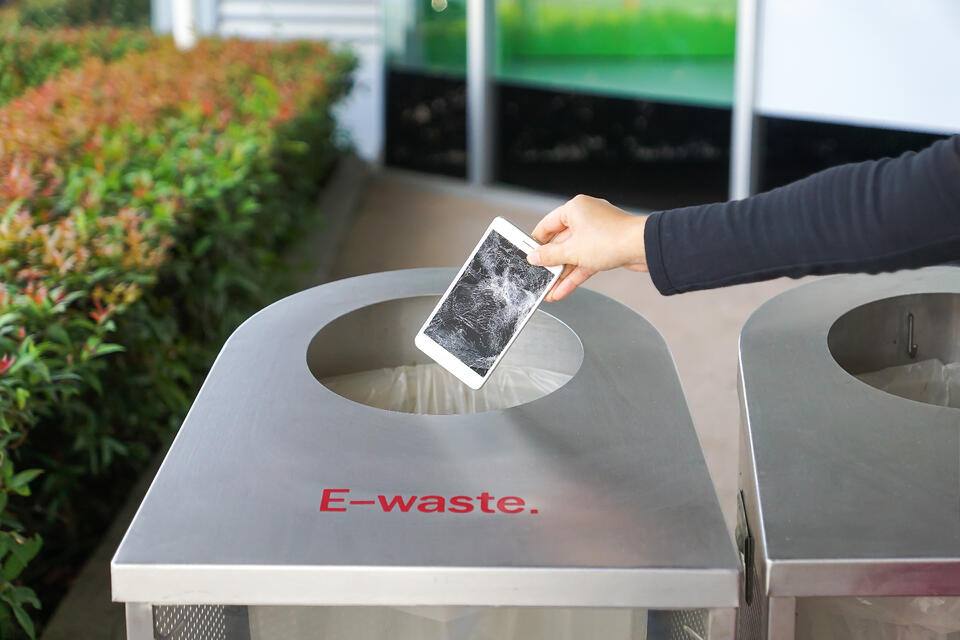
Overall, there is still much room for improvement in terms of the nation’s recycling effectiveness and efficiency. More Singaporeans are increasingly becoming more environmentally conscious and with the launch of the SG Green Plan 2030, it is a testament as a nation to work towards building a more sustainable Singapore. As we work towards this on the upcoming Global Recycling Day, let us all #PowerTheChange and do our part to be our own recycling heroes!
References:
- [1] (2017, December 18) World Economic Forum, Germany recycles more than any other country
https://www.weforum.org/agenda/2017/12/germany-recycles-more-than-any-other-country/ - [2] (2020) Recycling rate of plastic waste in South Korea from 2008 to 2018
https://www.statista.com/statistics/1074985/south-korea-plastic-waste-recycling-rate/#:~:text=The%20plastic%20recycling%20rate%20has,stood%20at%20over%2050%20percent. - [3] Global Recycling Day, GLOBAL RECYCLING DAY STARTS TO ANNOUNCE EVENTS AND ACTIVITIES FROM ACROSS THE WORLD
https://www.globalrecyclingday.com/global-recycling-day-starts-to-announce-events-and-activities-from-across-the-world/https://www.healthline.com/health/heartburn#causes - [4] (2019, June 18) Rapid Transition Alliance, Taiwan’s Transition – from Garbage Island to Recycling Leader
https://www.rapidtransition.org/stories/taiwans-transition-from-garbage-island-to-recycling-leader/ - [5] (2019, April 4) National Environment Agency, 60 Per Cent Of Singaporean Households Recycle Regularly
https://www.nea.gov.sg/media/news/news/index/60-per-cent-of-singaporean-households-recycle-regularly
Image Credits: Nylon Coffee Roasters
Source: The Sustainability Project
References:
- 1 (2019) Climate Healers, Animal Agriculture is the Leading Cause of Climate Change – A Position Paper https://climatehealers.org/the-science/animal-agriculture-position-paper/
More than meets the eye – How baking soda is a hidden gem in any household
- Home
- Residential
- Blog
- Archive by Category "Knowledge" (
- Page 7 )
[Post Date]
More than meets the eye – How baking soda is a hidden gem in any household
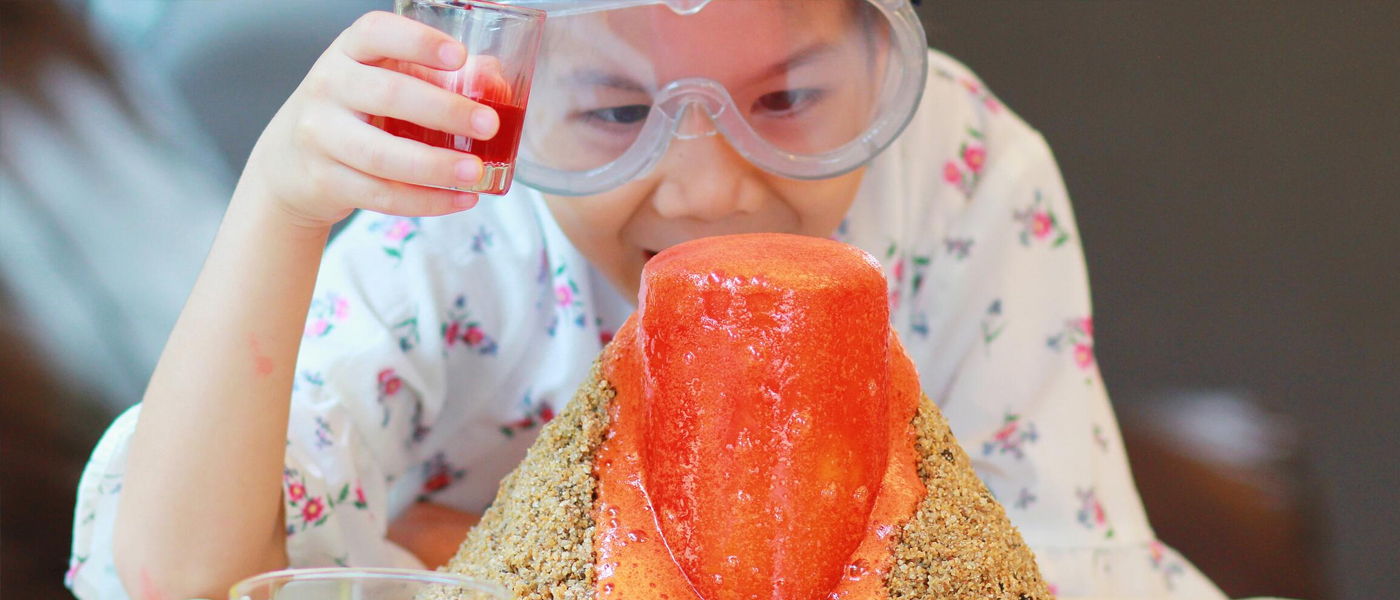
An unassuming pantry ingredient that truly is more than what you would expect, baking soda may just be one of your household’s best-kept secret with its versatility and the benefits it brings to the table. An indispensable item in any home, baking soda has multiple applications in the kitchen and the bathroom, to being a big hit among the children during playtime. Its manifold household uses instead of chemical-laden commercial alternatives makes this the greener option to keep around the house.
The baking ingredient has no chemicals or toxins within, putting your mind at ease when being utilised in your daily life for your home and family. To uncover the potential behind this ultimate multi-purpose ingredient, here are some ideas that you can use with baking soda to fully reap the wonderful benefits behind this magical ingredient.
Washing your fruits and vegetables
While an apple a day is said to keep the doctor away with the health benefits fruits and vegetables bring, we do want to make sure that the produce that we consume is pesticide-free as well. You will be surprised that even the most organic produce may contain pesticide residue too.
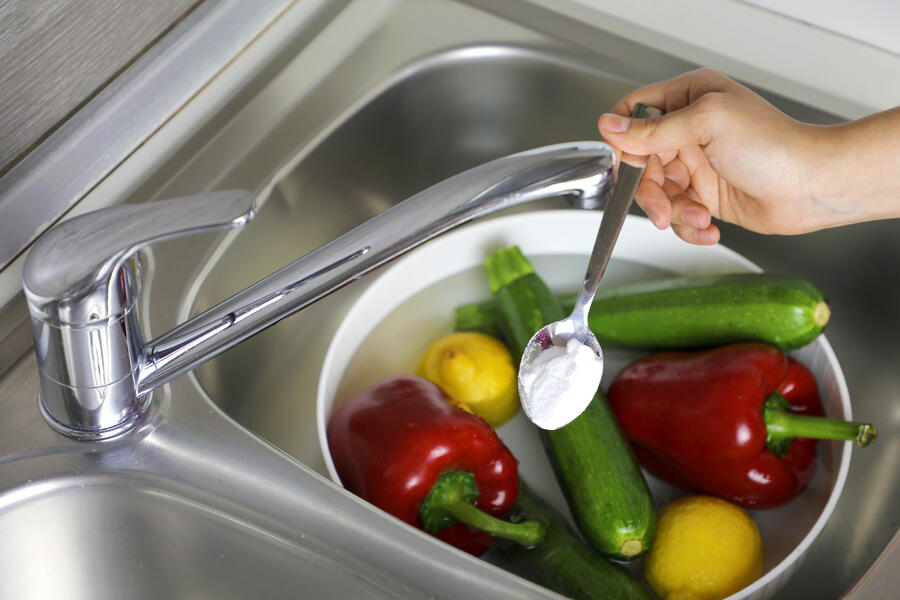
Instead of purchasing a fruit and vegetable liquid wash where you incur a greater use of plastic, consider a homemade version that is good for the earth and the entire family. According to a research by University of Massachusetts in Amherst, it was found that washing apples in water with a dash of baking soda is the most effective way to remove pesticide residue [1]. All you need to do is to leave your fruits and vegetables in a baking soda and water mixture (a sprinkle is really all you need) and let the solution break apart any leftover residue that cannot be seen with the naked eye.
Mouthwash
A mouthwash is a great step to include in maintaining your oral hygiene to keep your breath fresh and the gaps between your teeth clean. But reaching out for that funky blue mouthwash with a list of foreign ingredients, you will be surprised that making your own mouthwash is actually a much greener alternative and can be made possible with just baking soda that keeps your mouth just as clean while doing good for the environment.
Baking soda has shown to neutralise the acid of the mouth and an effective replacement for alcohol-based mouthwash [2]. The recipe is simple and only involves adding ½ teaspoon of baking soda to half a glass of water. Mix it all up and you have your own homemade organic mouthwash.
DIY family craft – Rainbow Volcano
A kid-friendly activity that can be easily made with baking soda and other household items is a testament that fun is always around us, even in the works of nature. This natural DIY volcano experiment sees the reaction between an acid and a base, and the results are safe for all and guaranteed fun for everyone.
The ingredients to make this magical rainbow volcano simply include items commonly found in the kitchen such as baking soda, vinegar, food colouring and dish soap. We recommend doing this green experiment outdoors or in an area where it is safe to get wet and easy to access for the children. A shallow plastic bin is a great option to contain the mess without compromising on the fun!
Fungicide
Fungi problems may be a common phenomenon faced by gardeners that can affect any plants’ health. It can quickly damage and even kill plants. Common symptoms include scabs, wilting, powdery mildew or rotted plant tissue.
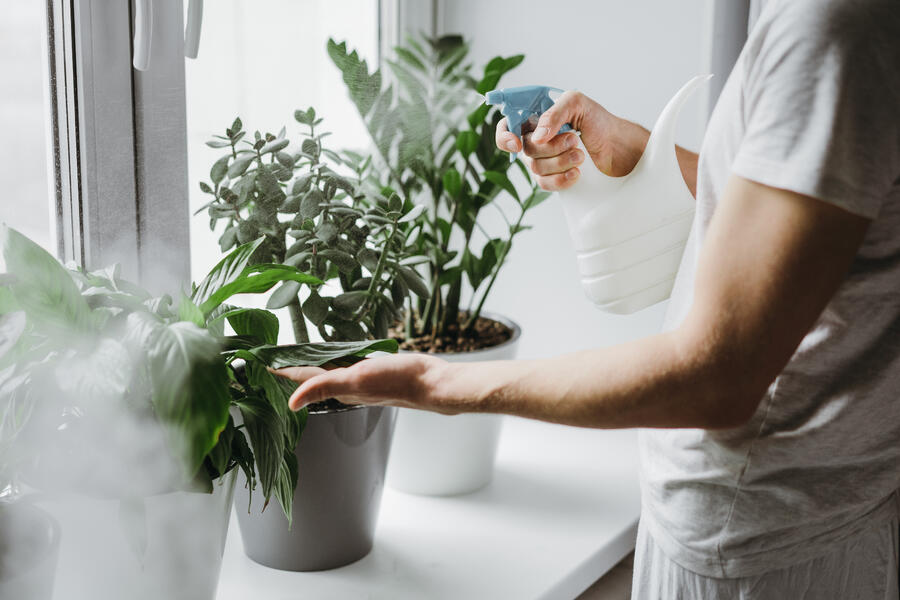
A quick and easy trick to treat this would be to make your own baking soda spray that is safe for plants and can prevent the fungi from spreading. This natural concoction is a great switch up from chemically formulated pesticide. Not only are they safe for plants and herbs, they are also safe for our bodies when used on edible produce grown for family and friends. Check out this recipe on how you can create your own mixture for your home garden.
Removing odours
Baking soda is great at absorbing odours and can leave any area feeling fresh and clean just as well as an air freshener. The list of areas it could be used as a deodorizer ranges from the trash can to smelly shoes or even the odour of overstayed food in your fridge. Simply fill a sachet of baking soda and let science do the work to neutralise and mask any odour. A great perk to making your own deodorizer is reducing the need to purchase air freshener cans. While these aerosol cans could be possibly recycled, a great habit to cultivate will be to reduce our consumption instead.
Treating heartburn
Heartburn is a burning sensation in your chest and is also often known as acid reflux [3]. It’s caused by acid refluxing out of the stomach when contents go back up into the esophagus.
The causes of it include overeating or consumption of certain types of food such as onions, citrus products, or spicy food.
Baking soda can help to treat this by neutralising the acid [4] when taken with care. Simply by mixing half a teaspoon with at least half a cup of water may be a quick natural fix to relieve the symptoms.
Stain remover
Removing those pesky food and drink stains from your clothes may just have gotten easier, more affordable, and greener with the simple use of baking soda. When dissolved with water, the baking soda can interact with the acid found in stains and help to remove them.
Simply add it into your laundry detergents when washing your clothes and it can get them looking fresh as new.
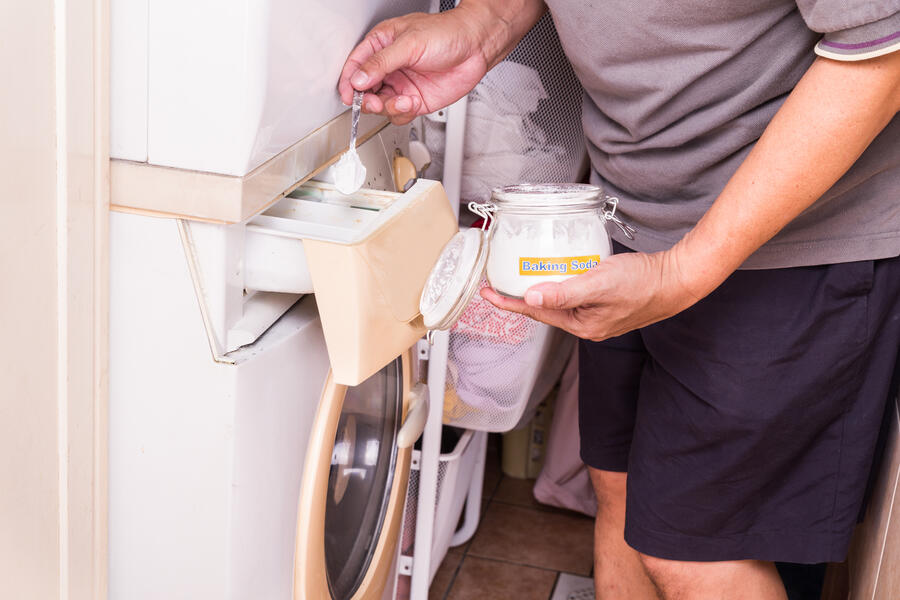
You could even cut your energy use with your washing machine due to quicker loads. Baking soda aids in boosting detergent performance and reducing suds for a shorter wash time. Finding ways to reduce your energy use at home is always a step forward towards a greener future.
If baking soda was just your usual baking must-have, we hope this guide has opened your eyes on the infinite uses of this hidden gem. Stocking up on this non-toxic ingredient is not only great for reducing unnecessary plastic packaging from multiple cleaning and household products, it will keep your home free of dangerous chemicals for a healthier environment [5]. You can even take the extra step to purchase it from your local bulk stores which further eliminates the use of single-use plastics!
After all, taking collective steps to being more mindful in our consumption sends a message to corporations and brands on the changing trends and the importance of living more sustainably. By adopting these small green practices, we can together #PowerTheChange for a greener future.
References:
- [1] (2017, October 28) Reuters, Baking soda plus water best for washing pesticides off apples
https://www.reuters.com/article/us-health-pesticides-apples/baking-soda-plus-water-best-for-washing-pesticides-off-apples-idUSKBN1CW2KV - [2] (2017) The effect of sodium bicarbonate oral rinse on salivary pH and oral microflora: A prospective cohort study
https://www.ncbi.nlm.nih.gov/pmc/articles/PMC5773983/ - [3] (2020, April 17) Healthline, What You Need to Know About Heartburn
https://www.healthline.com/health/heartburn#causes - [4] (2019, October 25) Healthline, How to Get Rid of Heartburn
https://www.healthline.com/health/gerd/heartburn-relief#elevate-upper-body - [5] (2019, April 4) Maid 4 Condos, Cleaning Tips for a Cleaner and Healthier Condo
https://www.maid4condos.com/cleaning-tips-cleaner-healthier-condo/
Image Credits: Nylon Coffee Roasters
Source: The Sustainability Project
References:
- 1 (2019) Climate Healers, Animal Agriculture is the Leading Cause of Climate Change – A Position Paper https://climatehealers.org/the-science/animal-agriculture-position-paper/
5 Sustainability Trends to Expect in 2021
- Home
- Residential
- Blog
- Archive by Category "Knowledge" (
- Page 7 )
[Post Date]
5 Sustainability Trends to Expect in 2021
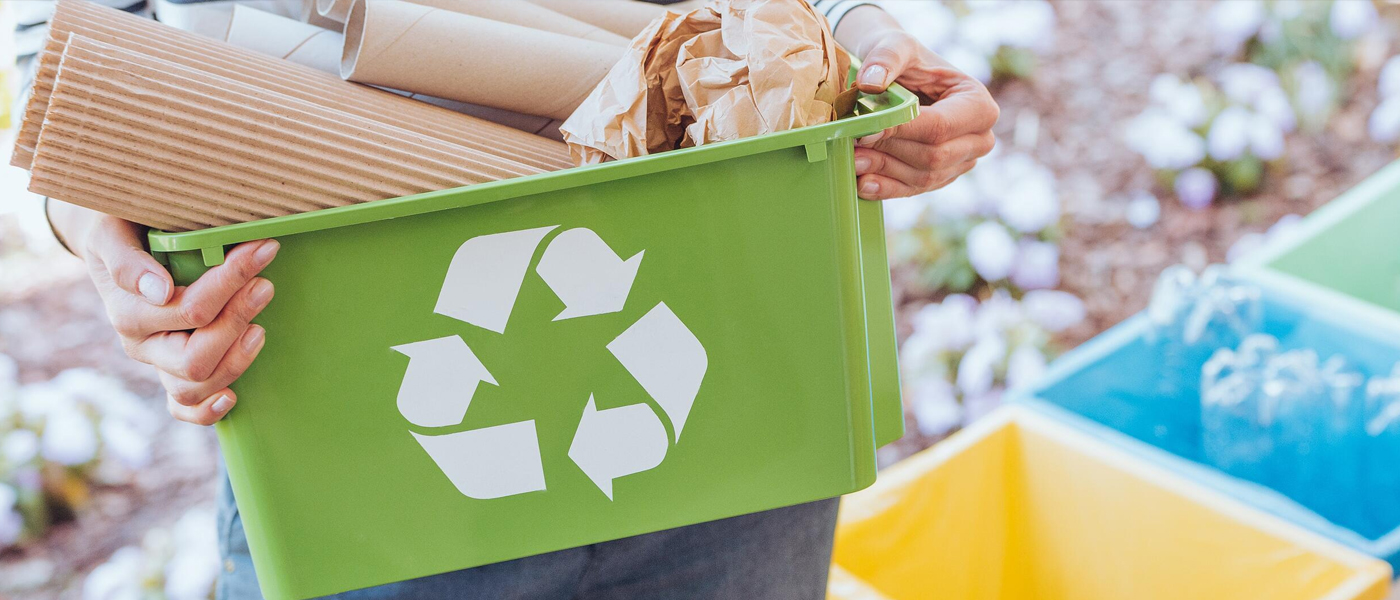
2020 has brought about new challenges that were beyond what we may have expected at the beginning of last year, but a silver lining that has emerged would be the greater focus on the environment. From reduction in emissions to reduced fashion consumption, various beneficial changes in sustainability practices happened and we know the planet will definitely welcome it.
With the rest of 2021 ahead of us, we have put together some sustainability trends that we can expect, given the progress made last year. Here are some of the trends to keep a look out for this year.
Sustainability a core focus for brands
With a greater spotlight on climate change and the detrimental effects surrounding it in the long run, there has never been a more important time to collectively become aware of how we – as individuals, corporations, and businesses – are affecting the planet. As such, a growing number of brands and organisations have made sustainability a core focus for the business. With a greater awareness of the issue, consumers and the public are calling for more to be done for the good of our Earth. In fact, three Singapore firms made it in to the world’s most sustainable companies list [1].
A greater responsibility to lead the sustainable development of global society across brands are starting to rise. With this shift in priorities, brands have delved into ways and initiatives that can foster a lifestyle of sustainability, providing options to use less plastic, recycle or choosing sustainable options.
Geneco has also launched a green initiative to recycle used red packets as a nation this Chinese New Year. This is in partnership with four other local businesses – CRU, IUIGA, REFASH and Tay Paper Recycling – to develop easy physical touchpoints to make recycling accessible. Collected red packets across 29 publicly available recycling bins will be sent to a recycling plant by Tay Paper Recycling to be pulped and made in other paper products.
Adopting a greener lifestyle at home
Eco-friendly and sustainable products among family lifestyles have been around for a long time and we predict it will continue to be the trend for a healthier earth in 2021. This can range from starting of your green journey by reducing your plastic waste or setting up a recycling bin at home, to growing your own fruits and vegetables and upcycling the items around the house.
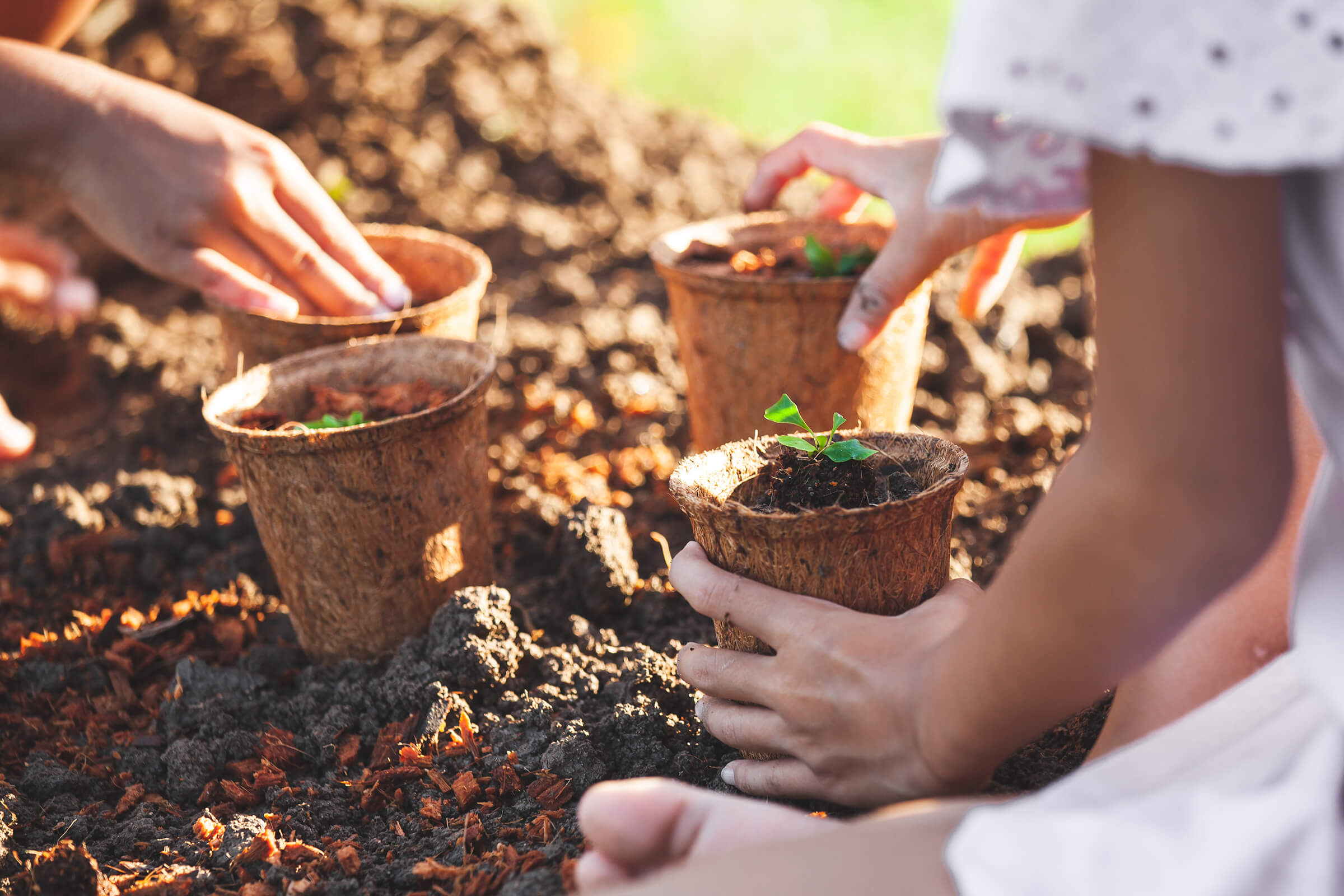
In addition, with the increased number of brands committed to have sustainability as a core focus, more schools are championing environmental sustainability as well [2] and play a crucial role in preparing future generations to be environmentally responsible. We can expect more consumers and families to practise what they have learnt and choose a greener lifestyle to resonate with the message of preserving what we have and to help conserve the environment for the next generation.
Working from home
The pandemic sure has brought about drastic changes to the work lives of many Singaporeans which have also impacted how they manage their time and productivity. Because of the situation, more companies have allowed their employees to work at home, which eliminates the need to commute to work. This helps to reduce the amount of fuel usage to run vehicles which in turn, translates to lesser greenhouse gas emissions. In fact, Global Workforce Analytics, estimates that working from home half the week can reduce emissions by 54 million ton every year in the U.S [3].
If working from home seems to be the norm for you for the rest of 2021, consider setting rules and boundaries at home to help your kids stay on track with their roles while you are busy with your online meetings. This not only lets you reap the full benefits that working from home gives in terms of the flexibility and efficiency, it also allows one to strengthen their bonds with their children and family and share there is a time for everything. We have even put together some tips on how you can place your family first even when you are busy working from home. That way your family gets the attention they need and work still gets done!
Rediscovering Singapore
The reduction in air travel has significantly reduced the amount of greenhouse gas emitted in 2020. With travelling out of the country for your next vacation being put on hold for the unseeable future, look no further than your own backyard and rediscover the hidden gems located across Singapore. Beyond the city sights that Singapore is famous for, consider going the off-beaten track and explore the lush scenic greenery the island has to offer. We have even put together a list of hiking trails to embark on to get away from the bustle of the city and take in the fresh air from above.
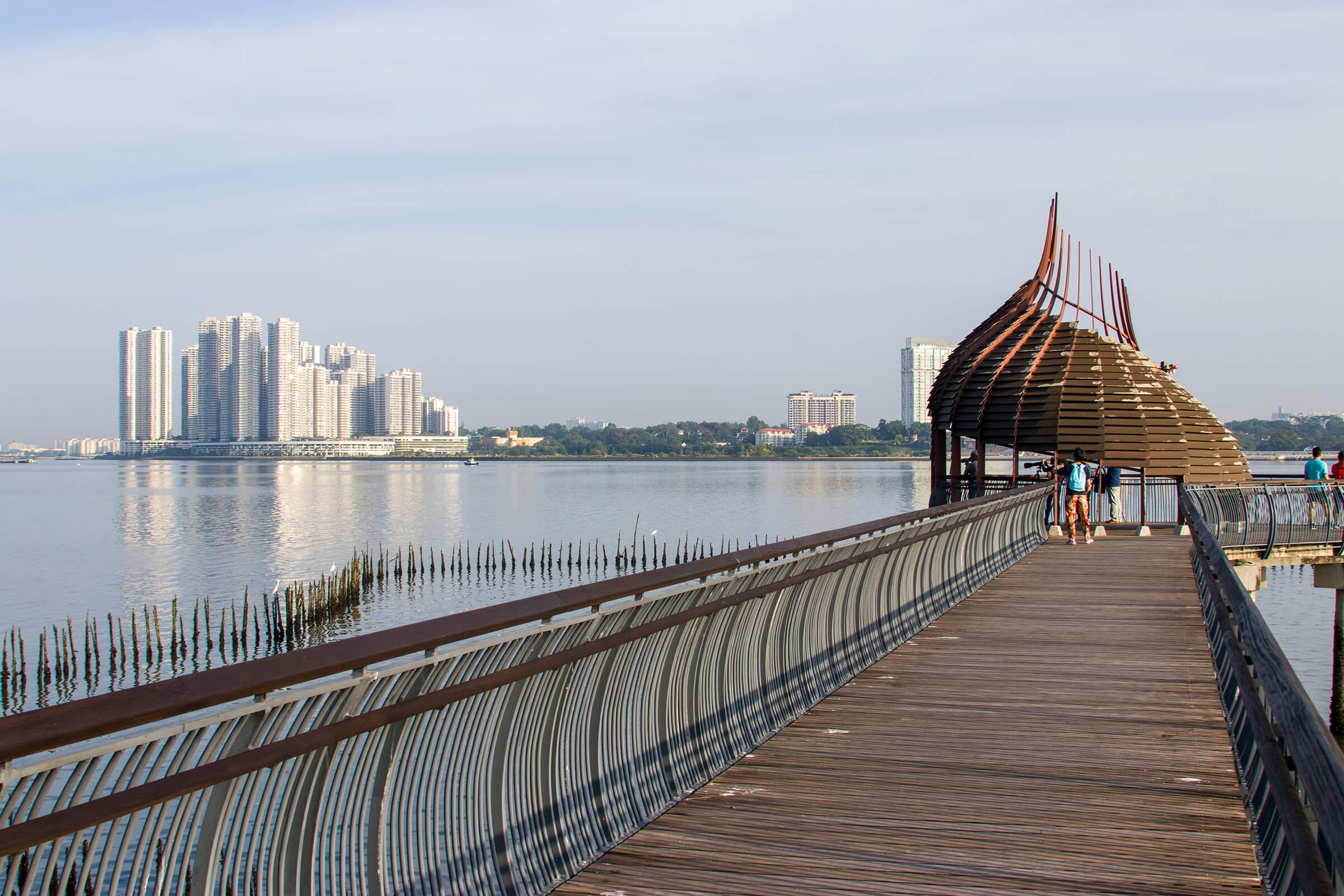
Take your kids on an adventure around various spots in Singapore to show that interesting sights are not too far from your doorstep. All Singaporeans above 18 are even entitled to $100 worth of SingapoRediscovers vouchers in support of local businesses during this difficult time. Our personal recommendations include embarking on a Kampong and Farm Full Day Tour for a back-to-the-olden day tour and to see first-hand how local vegetables are grown in support for local food production, or even an ecological tour in Sungei Buloh Wetland Reserve to bask in the natural beauty Singapore’s first ASEAN Heritage Park has to offer.
Electric Vehicles
Electric vehicles are here to stay with Singapore having committed to phase out petrol vehicles by 2040 [4]. Starting from 2021, Singaporeans can expect the adoption of electric vehicles to be more attractive with an early adoption scheme to be rolled out with rebates capped at $20,000 per vehicle. This is among other initiatives such as a reduced road tax and an expansion of the charging infrastructure, allowing more Singaporeans to be able to enjoy the enhanced incentives implemented to encourage uptake of this sustainable transportation option.
If electric vehicles may be out of your reach in 2021, consider switching to public transportation to reduce the amount of emissions generated as compared to driving your own vehicle. Car-pooling is another great way to ensure you keep your carbon footprint low whenever you are travelling from one end of Singapore to the other!
A promising 2021 is in the line-up as we expect these trends to take from and shape. Here at Geneco, going green will always be part of our voice in advocating for a more sustainable future for our customers and Singapore. You can look forward to seeing how Geneco continues to do its part for the earth and power the change.
References:
- [1] (2021, January 26) Singapore Business Review, Three Singapore firms named to world's most sustainable companies list
https://sbr.com.sg/economy/news/three-singapore-firms-named-worlds-most-sustainable-companies-list - [2] (2020, November 6) TODAY, A surprising discovery of how Singapore schools are championing environmental sustainability
https://www.todayonline.com/voices/surprising-discovery-how-singapore-schools-are-championing-environmental-sustainability - [3] (2019, October 7) Capital, The Environmental Benefits of Remote Working
https://www.capital-ges.com/the-environmental-benefits-of-remote-working/ - [4] (2020, February 18) The Straits Times, Singapore Budget 2020: Push to promote electric vehicles in move to phase out petrol and diesel vehicles
https://www.straitstimes.com/singapore/transport/singapore-budget-2020-push-to-promote-evs-in-move-to-phase-out-petrol-and-diesel
Image Credits: Nylon Coffee Roasters
Source: The Sustainability Project
References:
- 1 (2019) Climate Healers, Animal Agriculture is the Leading Cause of Climate Change – A Position Paper https://climatehealers.org/the-science/animal-agriculture-position-paper/
Tips to help you organise your wardrobe and save the earth this Chinese New Year
- Home
- Residential
- Blog
- Archive by Category "Knowledge" (
- Page 7 )
[Post Date]
Tips to help you organise your wardrobe and save the earth this Chinese New Year
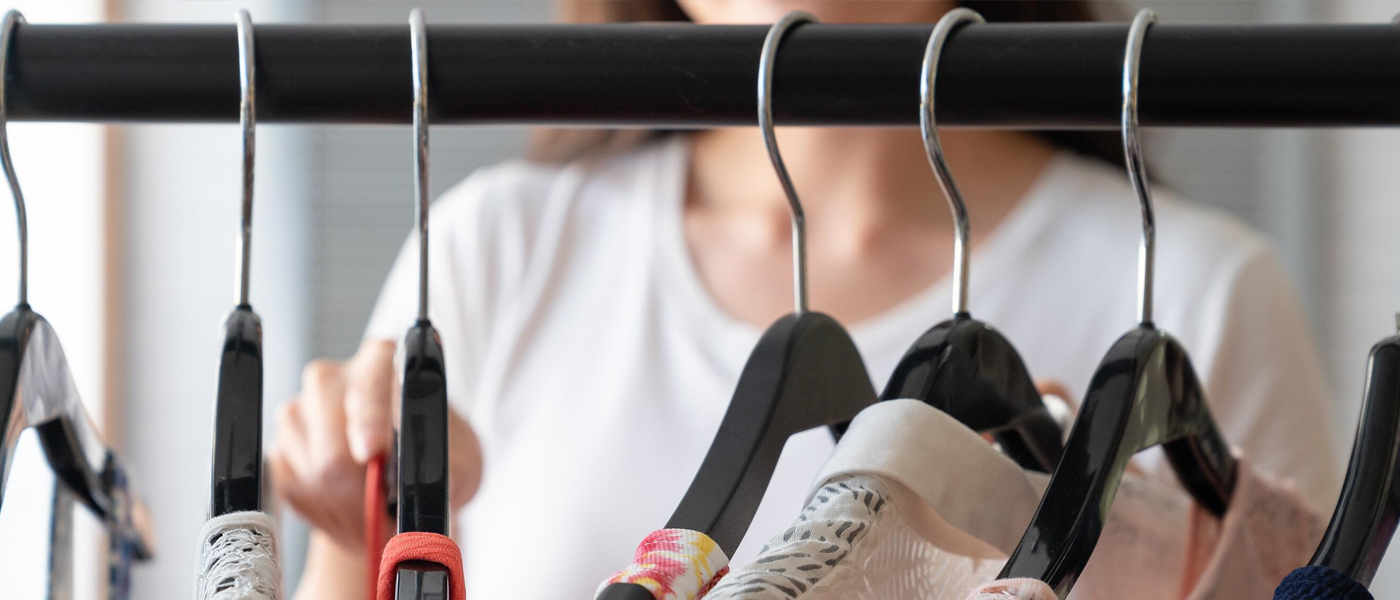
Whether you have resolved to declutter your wardrobe, it is always a good idea to start the beginning of the year with a fresh and organised wardrobe to get you kickstarted on a clean note. With Chinese New Year right around the corner, it may even be that extra motivation to do a spring cleaning of your closet. But if you are not sure how or where to get started, we have curated a step-by-step guide that will take you from A to Z on getting your wardrobe clean while still doing good for the earth.
Step 1: Take it all out
The first step is the easiest step and certainly not much of a huddle to get you started. Simply begin by taking everything out of your closet, empty your drawers and get your hangers off the rack. It might seem like you are creating a mess, but in fact emptying your wardrobe is very much a good check on the total amount of clothes you have. This is to help you realise and give you a sense of the magnitude of clothing items that you own, and certainly a reminder on your consumption habits. Once you have a good idea on the total number of clothes you own, it easily brings you to the next step of the cleanout.
Step 2: Set a goal
Once your clothes are all together in a giant pile, take note of the size of it and set goals to manage your wardrobe situation. If your wardrobe is bursting and your pile of clothes seems to be a huge mountain, think about the outcome you would want to achieve. It could be mixing and matching your outfits among key pieces in your collection that you frequently wear, or simply choosing to pass on any clothes that has not been worn for the past year or so.
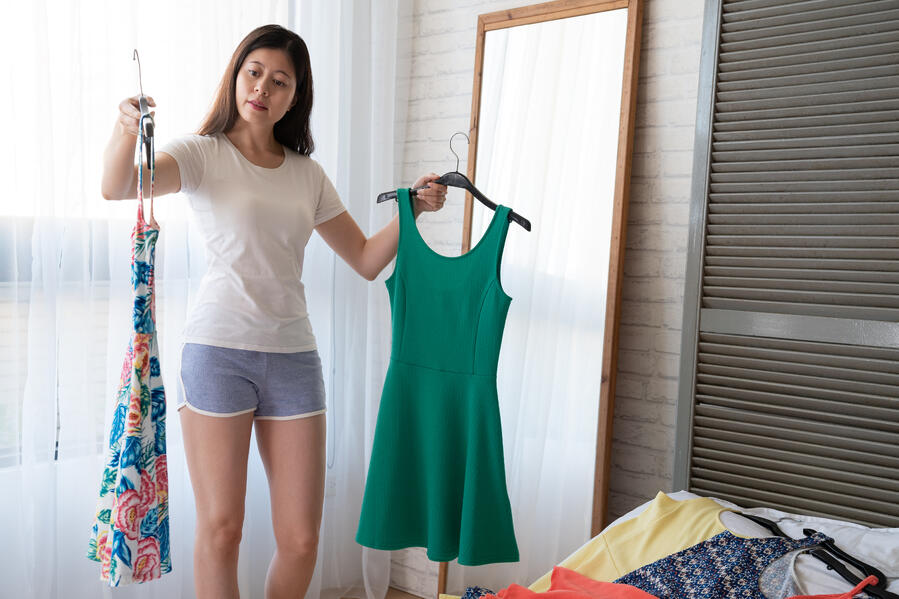
A great tip that could get you started on your goals for your wardrobe is the “one item in, one item out” rule. For every new piece of clothing you introduce, you will need to get rid of another to prevent an overcrowded wardrobe. With a clear intention set in mind for your wardrobe, it will not only help you in the next step of the decluttering process, but it could be the anchor in your shopping habits whenever you are looking to add new pieces into your collection, encouraging you to think twice before carting out.
Step 3: Categorise and sort
Now comes the hardest part which is for you to tackle the pile of clothes that you have created and categorise them into a “throw” or “keep” pile. With every piece of clothing, you can decide by asking the great question of whether you have worn it in the past six months. If you catch yourself thinking you will wear it in the future but have not worn it a single time in the past six months, it may be time for you to let it go into the “throw” pile. In addition, any items that are damaged beyond repair, do consider throwing them out as well.
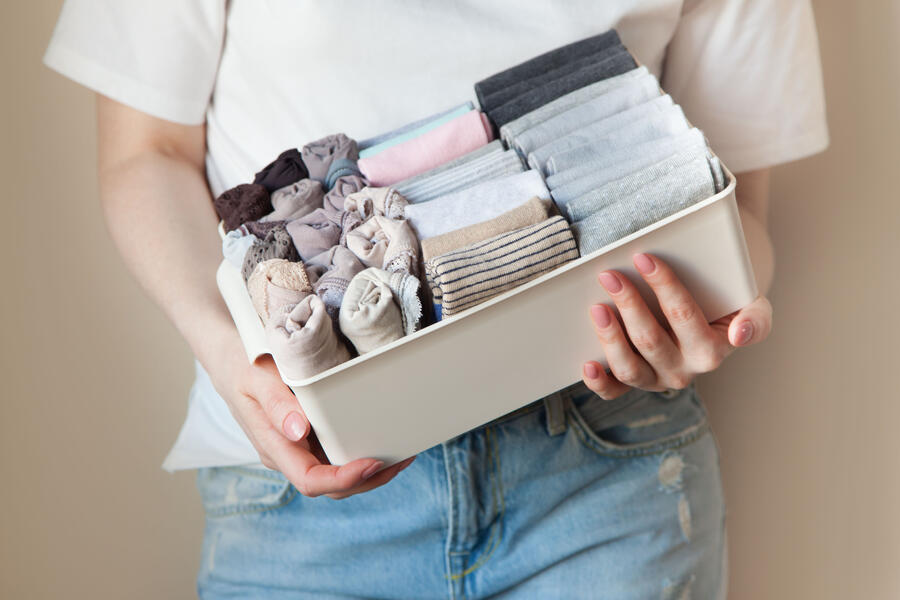
With the items you have set your heart on keeping, evaluate the categories you can sort them under and have them arranged in order within your wardrobe. From t-shirts to undergarments, having categories will help allocate each item to a spot it owns.
Step 4: Rethinking the “throw pile”
You should have a much tidier and neater wardrobe at this junction with a “throw pile” set aside. With this pile of clothes, there are many ways to deal with it and they may not necessarily entail discarding them. In Singapore, according to figures from the National Environment Agency, 168,000 tonnes of textile waste were produced in 2019, of which only 4% was recycled [1] ! Should your clothes be in a mint condition with minimal damage, consider the following ways to repurpose them that will be of good for the environment.
Upcycle
Clothes does not just have to function as clothes. Upcycling them can inject new life into these garments and create something entirely new. You could turn an old t-shirt into a reusable bag or have your socks function as hand puppets that are fun to entertain your children!
Sell online or do a swap
While a piece of clothing may be of a style you have outgrown or it simply no longer fits, consider if it could be an item someone else would appreciate. Organise a clothes swap with your friends to experiment with different styles of clothing from each other’s closet or sell it on a local marketplace such as our ChangeMakers partner REFASH, a secondhand fashion marketplace that looks to connect women’s closets and reduce textile wastage in Singapore!
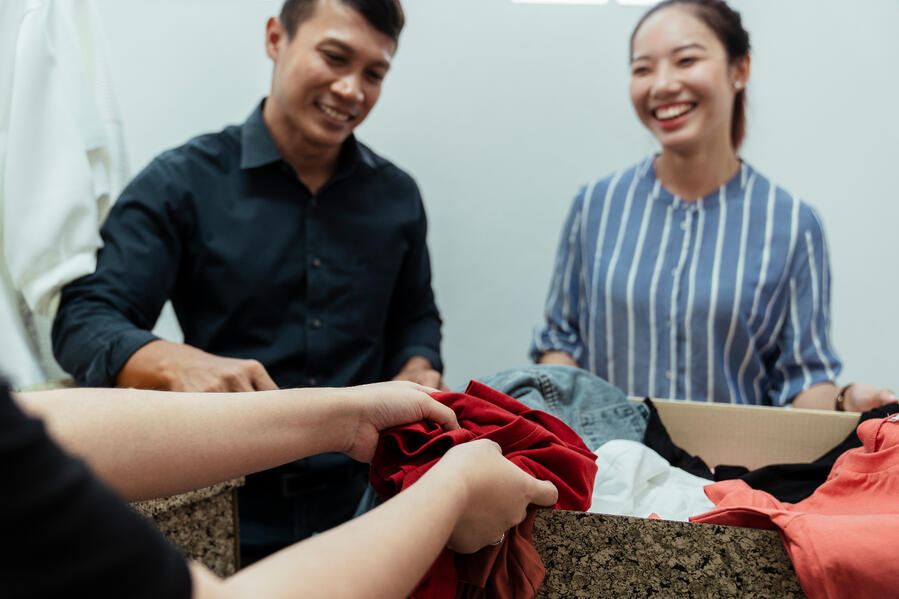
Donate
Clothes donation bins by various organisations across the island are great options as well. Most of these donation bins are tied to businesses with a cause or an organisation looking to do good for the community. By contributing your lightly worn clothing, your clothes are certainly given a new lease of life with it either being rehomed to an individual who enjoys it or used to raised funds for a good cause.
Organising your closet may seem a daunting task at first, especially with a bursting wardrobe of clothes. However, by repurposing the pieces that you no longer wear into new homes and evaluating your consumption habits, it serves to start your year on a sustainable note, breathing life back into your clothes and our planet!
As you clean up your wardrobe this Chinese New Year, don’t forget to clear out the old red packets that you may have accumulated as well. In partnership with CRU, IUIGA, REFASH and Tay Paper Recycling, Geneco is introducing used red packet recycling bins across 29 public locations from 10 February to 8 March. Collected red packets are recycled into paper pulp and repurposed into other paper products! For more information on the locations click here! Let’s all take this opportunity to Power The Change together for the planet!
References:
- [1] NEA. (2019), Waste Statistics and Overall Recycling
https://www.nea.gov.sg/our-services/waste-management/waste-statistics-and-overall-recycling
Image Credits: Nylon Coffee Roasters
Source: The Sustainability Project
References:
- 1 (2019) Climate Healers, Animal Agriculture is the Leading Cause of Climate Change – A Position Paper https://climatehealers.org/the-science/animal-agriculture-position-paper/
Eco-friendly lifestyle tips to practise as Singapore enters Phase 3
- Home
- Residential
- Blog
- Archive by Category "Knowledge" (
- Page 7 )
[Post Date]
Eco-friendly lifestyle tips to practise as Singapore enters Phase 3

The long-awaited Phase 3 have finally kicked off and it is a sign of progress for Singapore in our fight against the pandemic. Even though many of the initial recommended guidelines are still in place as we enter Phase 3, most Singaporeans understand that the fight against this pandemic is far from over. While many of us were heartened by this milestone we have achieved together as a nation, let us also be reminded that there’s still much to be done for the Earth against climate change. We have put together these sustainable lifestyle tips which we can continue to practise, even with the new guidelines of Phase 3.
Start with reusable masks
Wearing a face masks is still an essential even in Phase 3. Everyone must play their part in being socially responsible as we adapt to our new lifestyle with the guidelines in place.

If you are still using disposable masks when you head out, consider making a switch and have a go with reusable masks which are just as good, and even more comfortable! Used disposable masks and other personal protective equipment cannot be recycled and are increasingly washing up on shorelines and causing harm to wildlife.
While the use of disposable face masks unfortunately cannot be avoided entirely, the mass public can choose to adopt the use of reusable masks for their daily wear. This can help reduce the amount of waste incurred and do our part for the Earth!
Choose to dine in
Singaporeans have been patiently waiting to be gathering in a group of more than 5 and it is time to rejoice! Group sizes permitted to gather socially have now been increased to a maximum of 8 people when heading out or visiting others!
To celebrate being able to come together in a larger group, a great way would be to choose to dine in at restaurants or food establishments when you can. After months of staying in, this has led to a rise in takeaways and home deliveries. The number of extra plastic waste generated during the two-month circuit breaker is an alarming 1,334 tonnes among Singapore households1 (that is about 90 double-decker buses)!
Have a change in scenery and opt to dine in food establishments when meeting your friends and family outside! By choosing to dine in, this reduces the amount of plastic that can potentially incur from takeaways or home deliveries, a conscious effort for the environment. Do remember to continue to be socially responsible and ensure you are safely distanced from other guests during your meals!
Consider going car-lite
With many adopting a more flexible working arrangement in Phase 3, it certainly puts into perspective the need for a car to go about our daily lives.
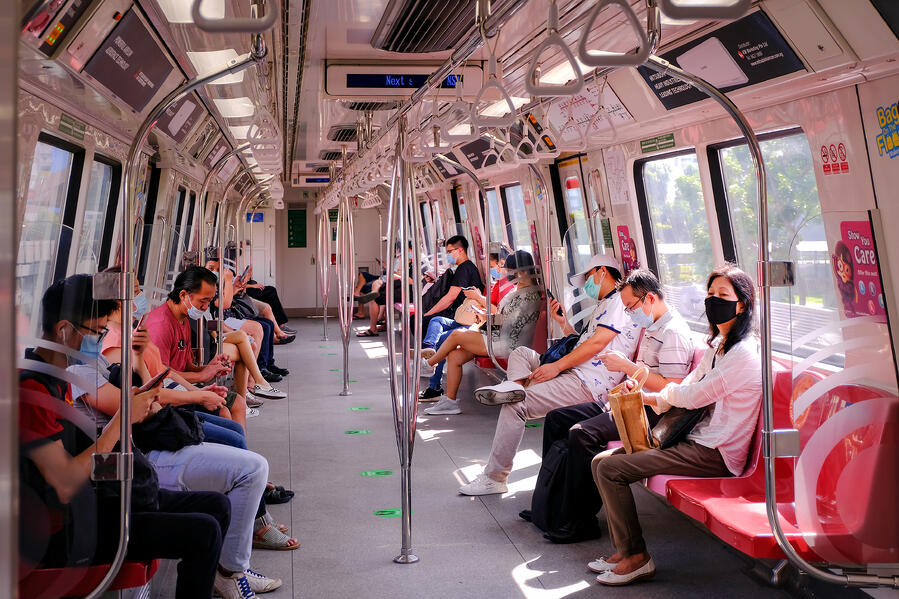
If you are one of the many who have experienced a change into your daily routine where staggered working hours and non-traditional flexible work arrangements seem to be more regularly adopted now, consider going car-lite and opt for public transportation if you can. A major advantage from going car-lite is the fall in amount of carbon emissions released into the atmosphere. With less cars on the road, carbon footprint of the masses will be reduced and there will be better air quality – a huge benefit for our planet!
Practise Mindful consumption
Similar to our social gatherings, capacity limits and for malls and large standalone stores have also increased. Resumption of shopping and consumption activities within these venues are expected to climb as well with the upcoming festive occasions.

Being able to enjoy some physical retail therapy might be a mood booster among these difficult times, but before you cash out and sign off that purchase, consider taking a step back and rethink the necessity of your purchase. Looking for new pieces to refresh your wardrobe? Why not consider second-hand fashion which are as good as new with one of our ChangeMakers – Refash, Singapore’s largest online and offline thrift store. Or if you are sourcing for natural organic produce as part of the upcoming food preparations, go for retail concept stores such as Scoop.
Being mindful in your consumption is not just about buying what you need, but it can also be about supporting causes that are beneficial to our environment. This is a habit you can inculcate not just for Phase 3 but for the rest of 2021 as well!
With Phase 3 having commenced, it serves as a fresh start to power us through 2021! Keeping yourself and those around you safe will still be of paramount importance, but without compromising on safety, more can be done for the environment to fight climate change and global warming. Together, the accumulative effect of these small actions can contribute to a larger cause for our Earth!
References:
- [1] Ang, L.S, Oan, C (2020, June 21) Here’s what months of food deliveries and takeaways have taught us
https://www.channelnewsasia.com/news/commentary/plastic-zero-waste-byo-food-delivery-takeaway-resuable-container-12844324
Image Credits: Nylon Coffee Roasters
Source: The Sustainability Project
References:
- 1 (2019) Climate Healers, Animal Agriculture is the Leading Cause of Climate Change – A Position Paper https://climatehealers.org/the-science/animal-agriculture-position-paper/
